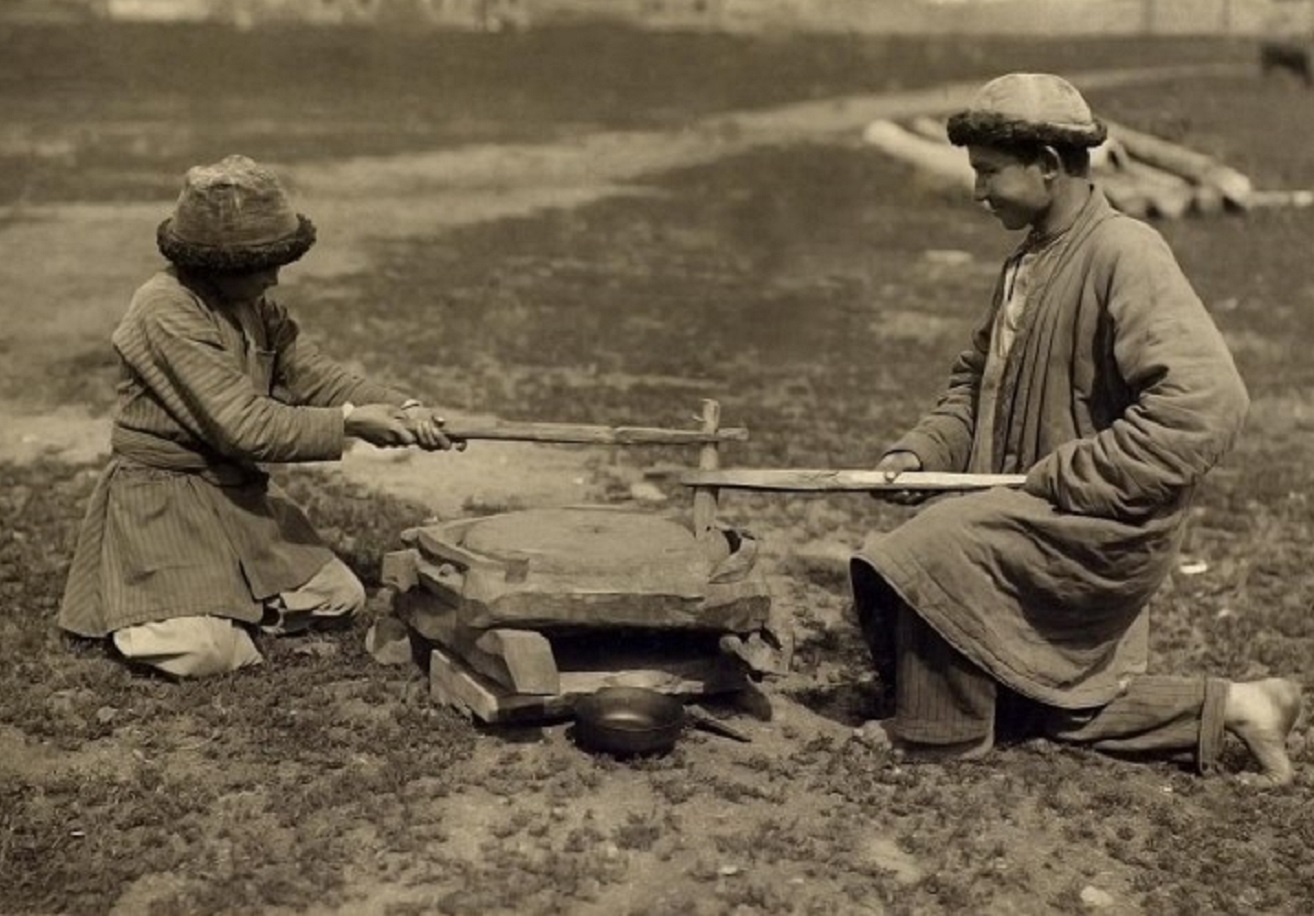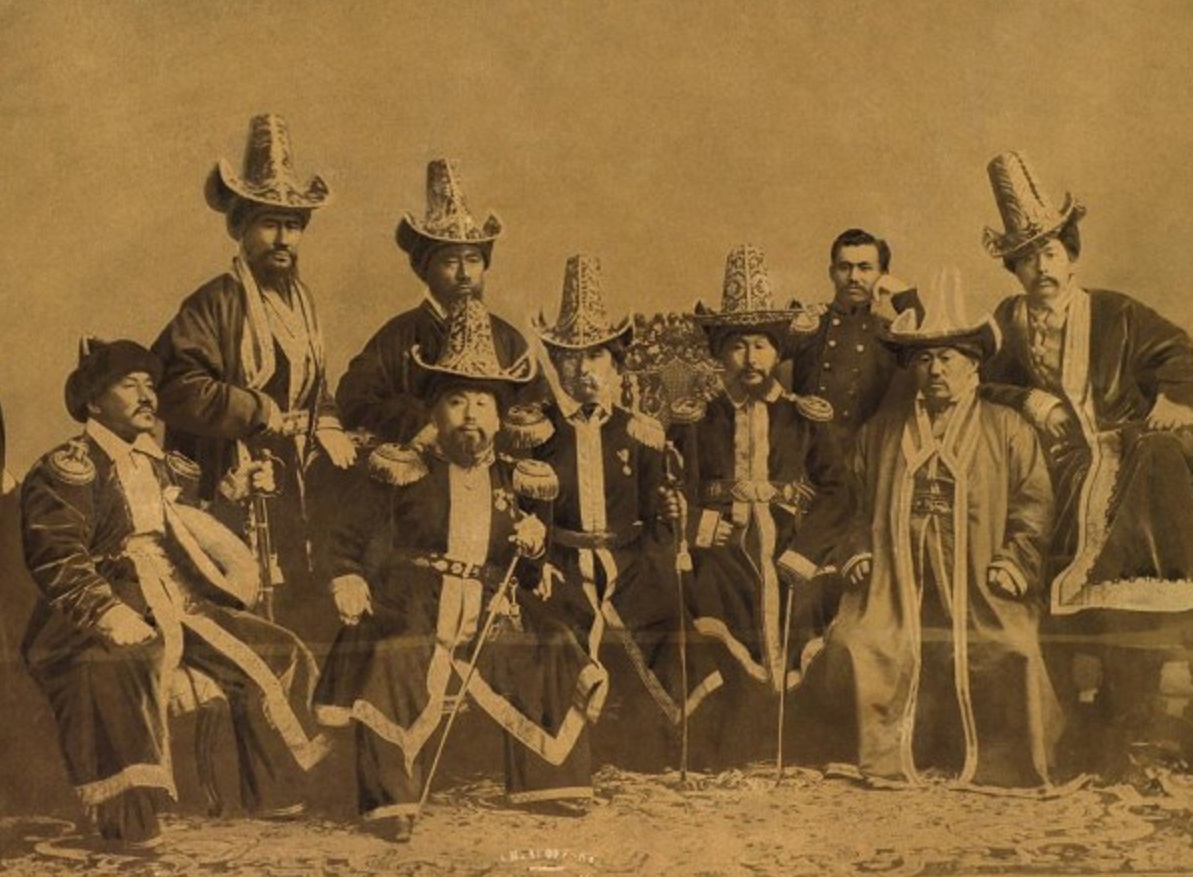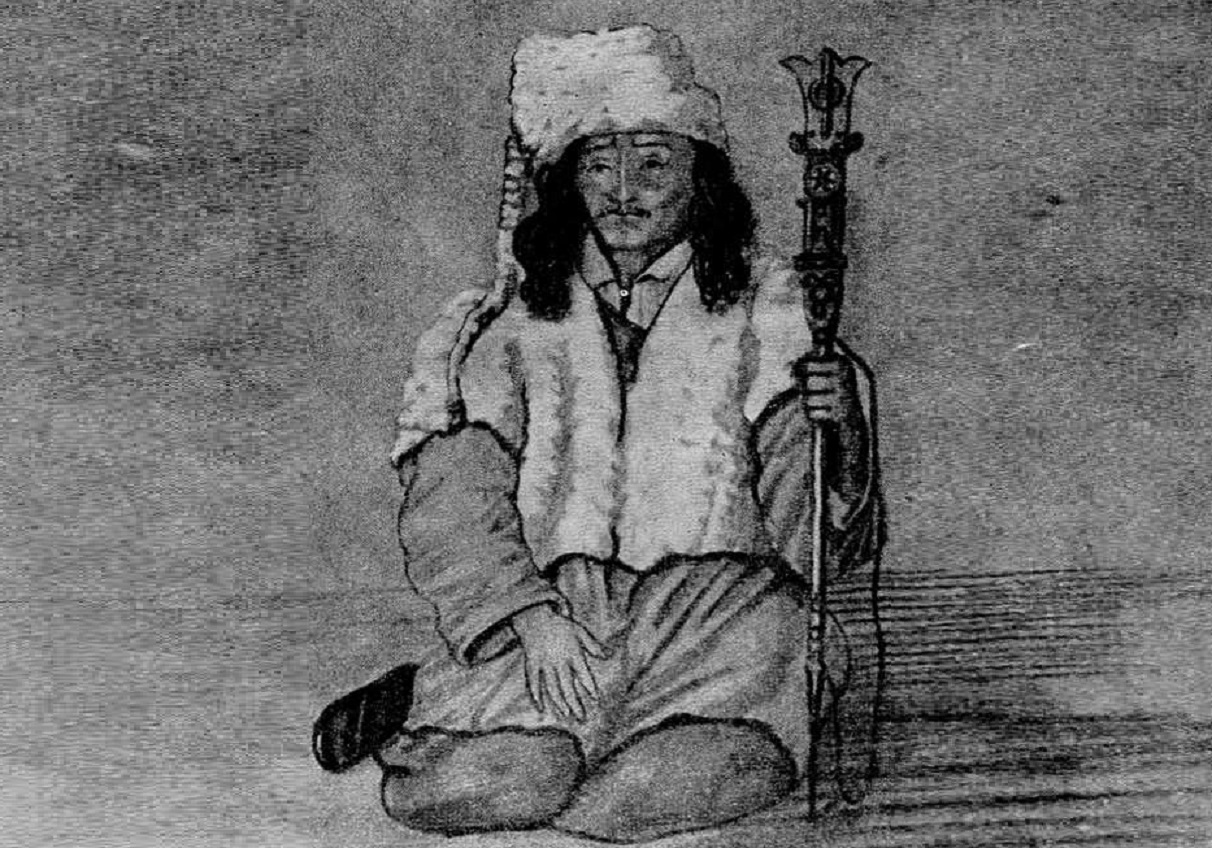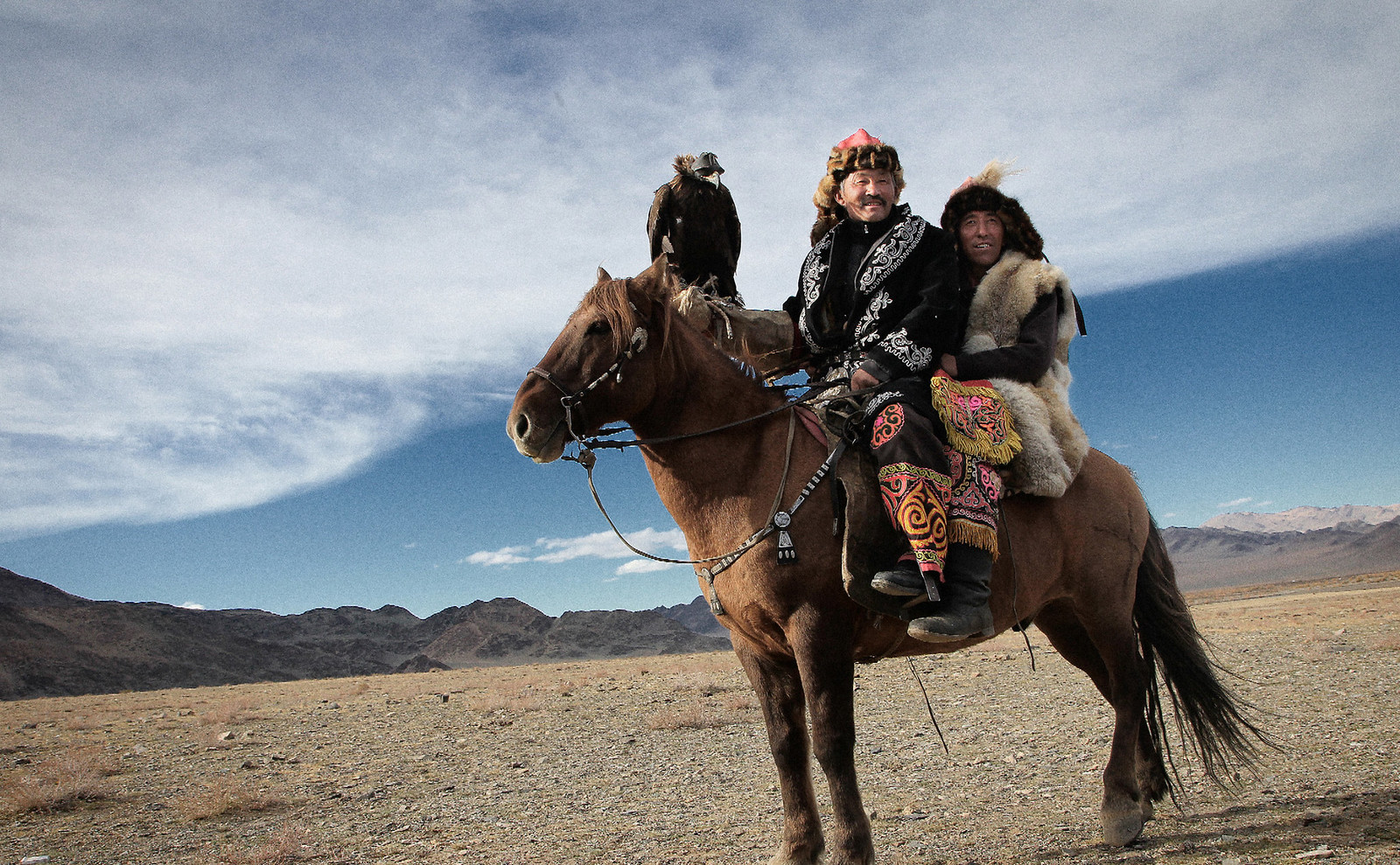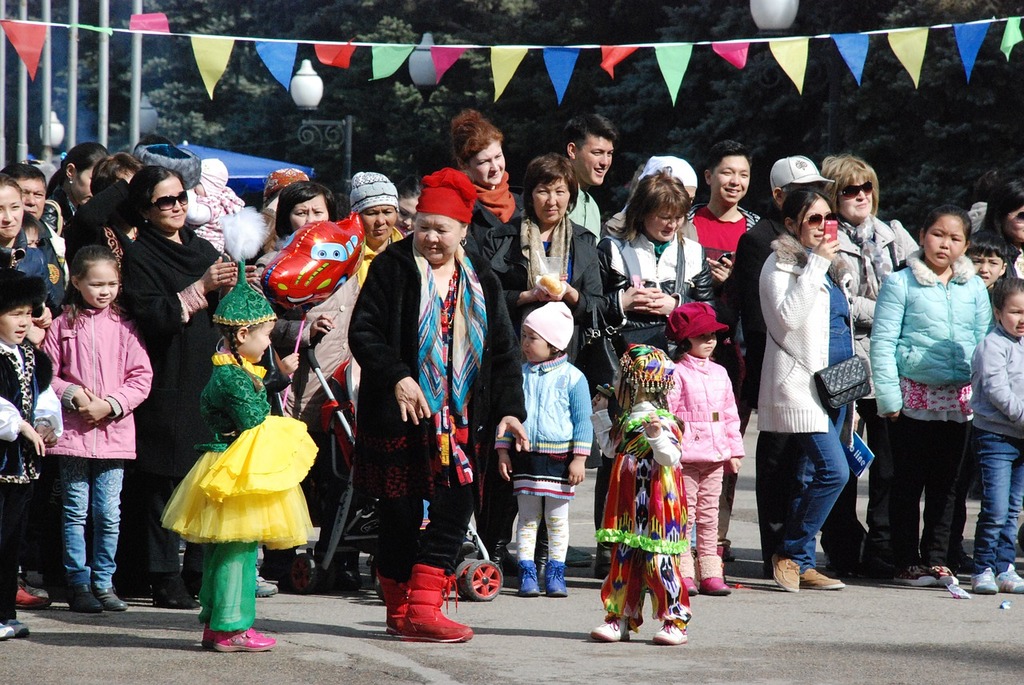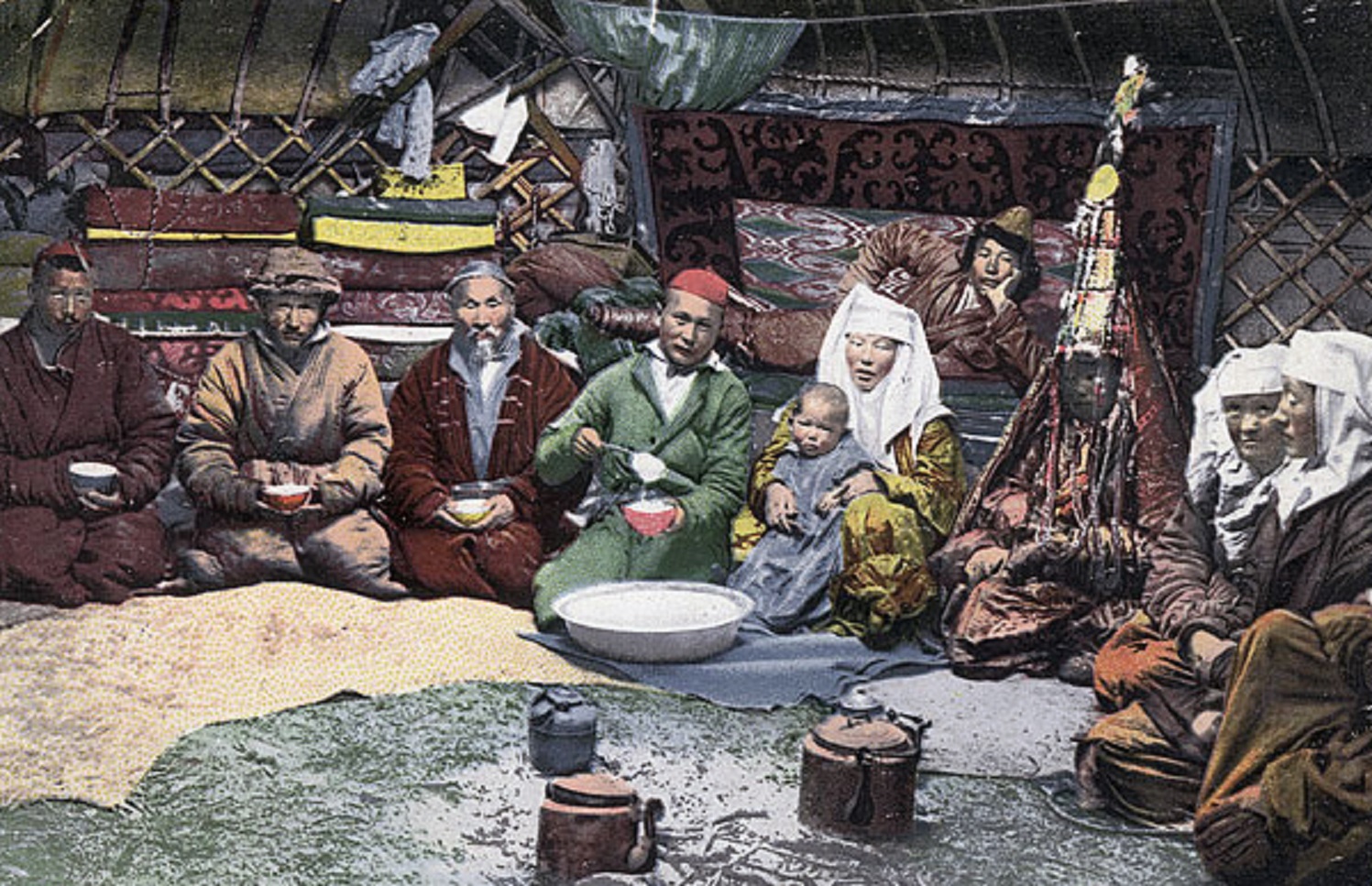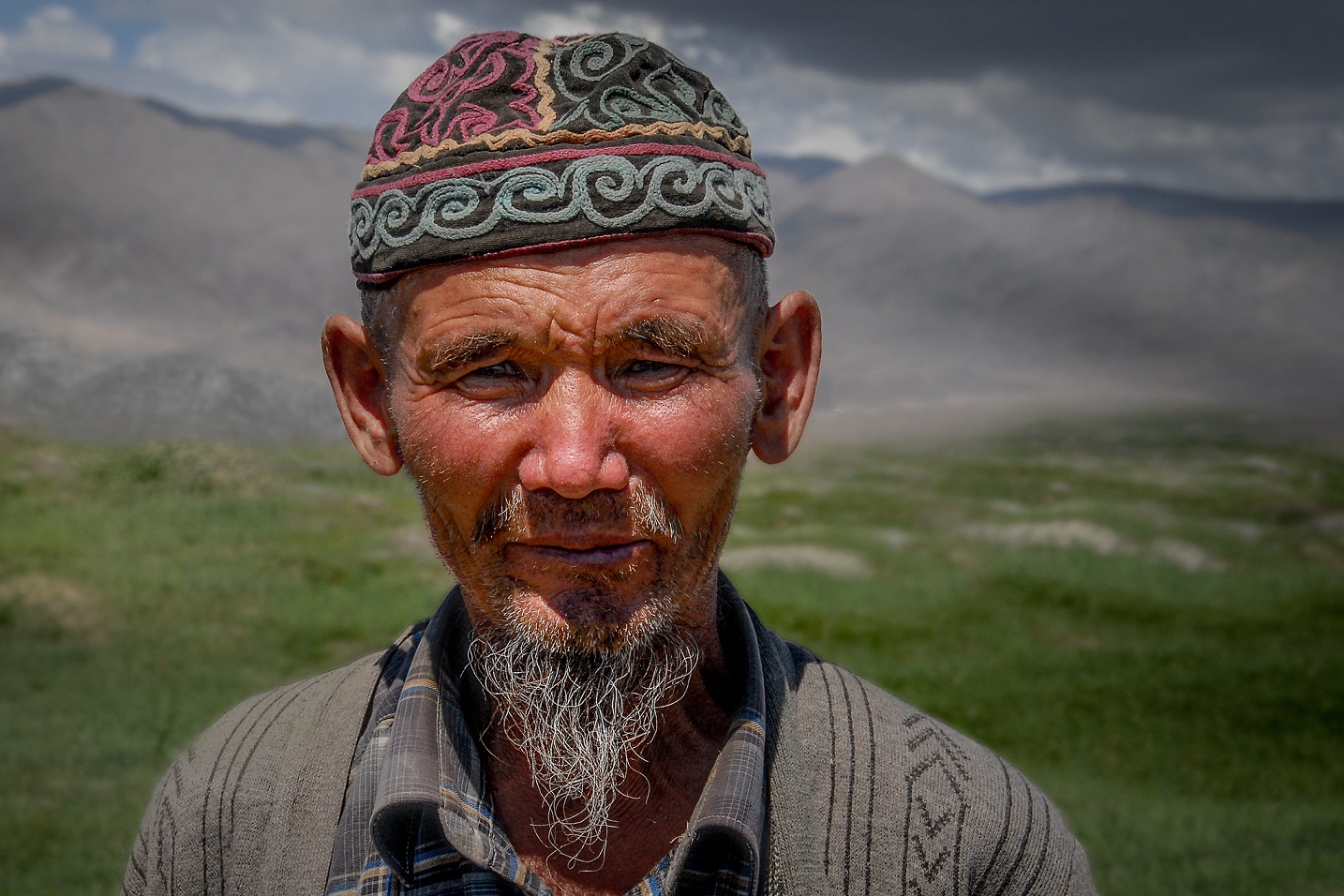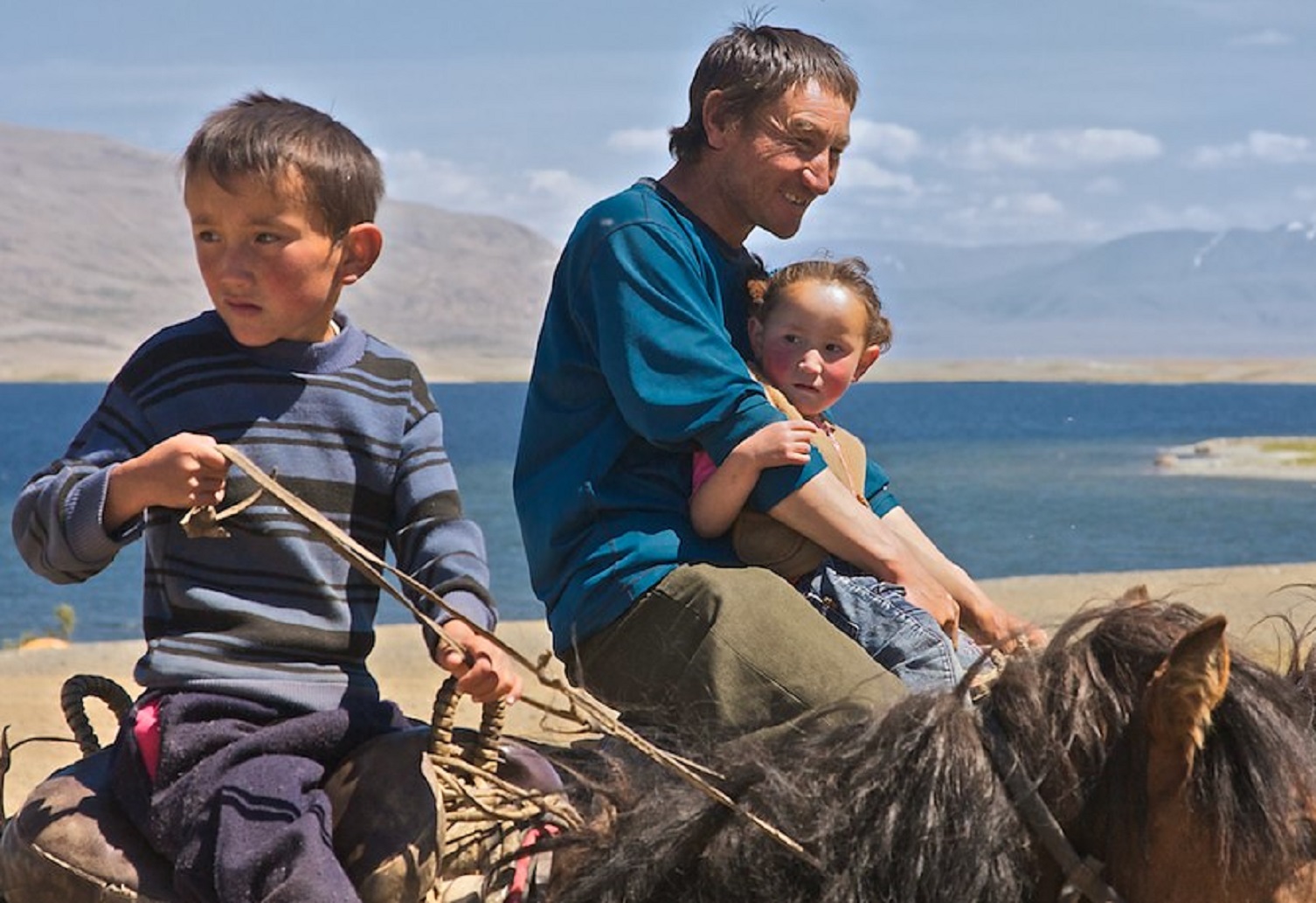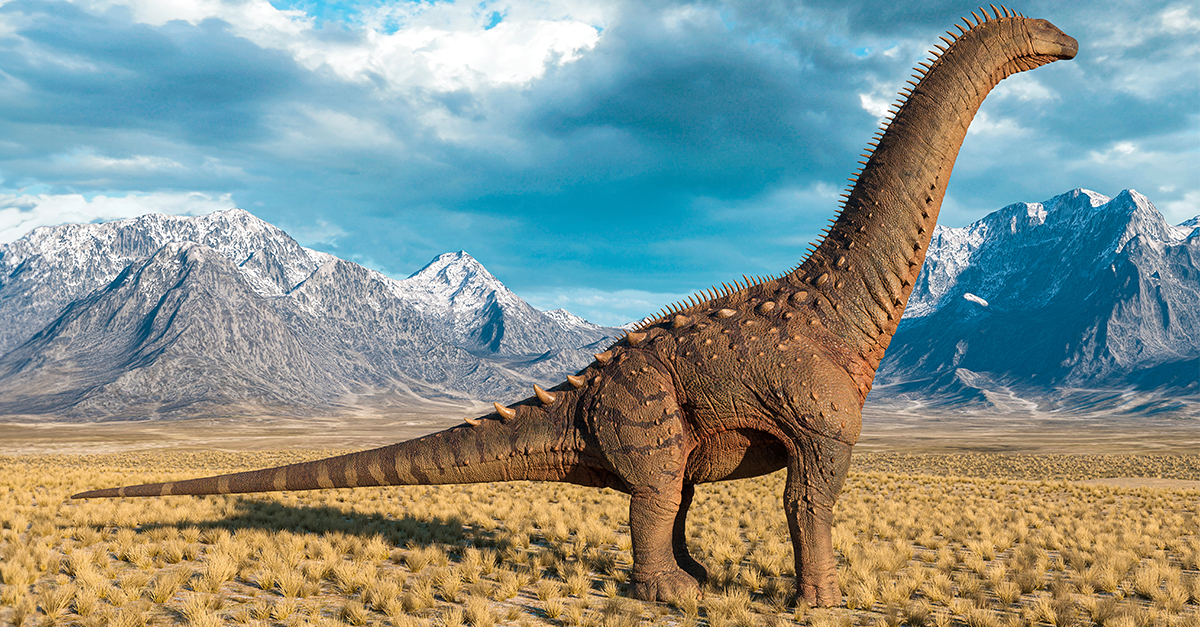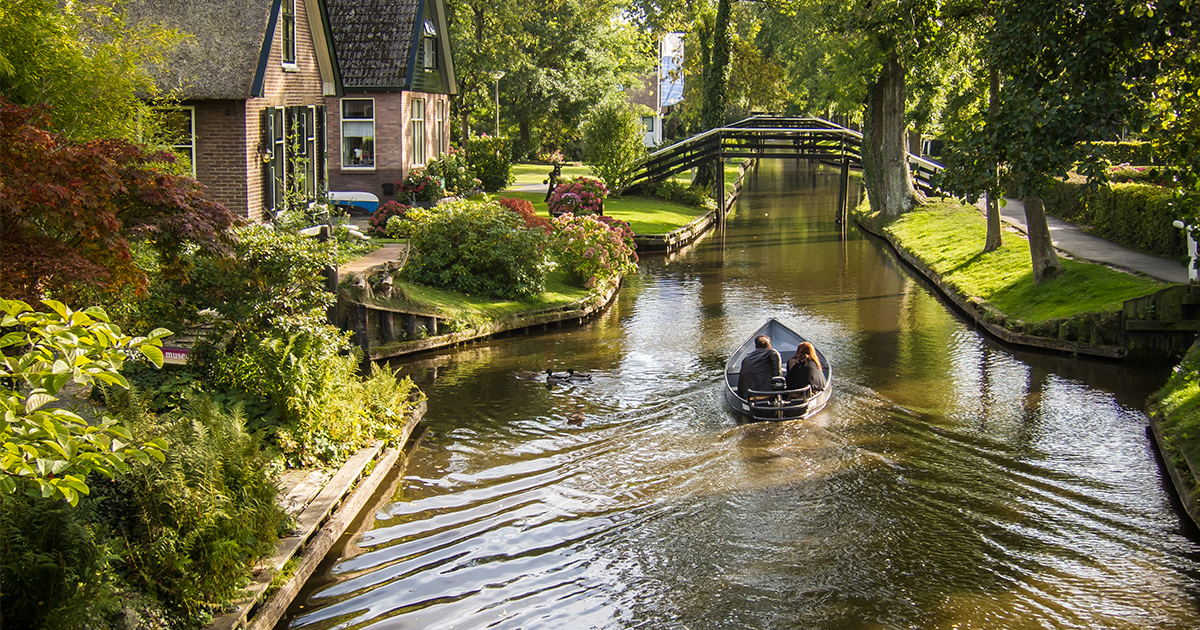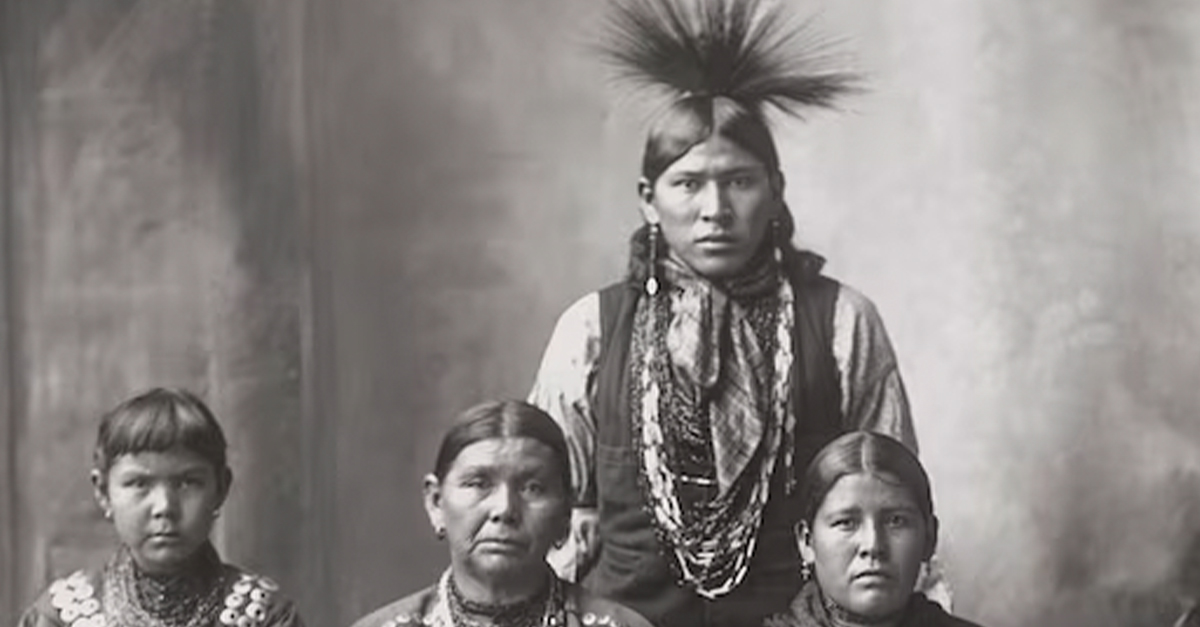The People History Forgot To Mention
In the vast lands of Central Asia and Eastern Europe, you’ll find some of the world’s most fascinating and little talked about nomads: The Kazakhs.
From their ancient origins to their more contemporary encounters with outsiders, the story of the Kazakh people is one of resilience and deep connection to the land around them.
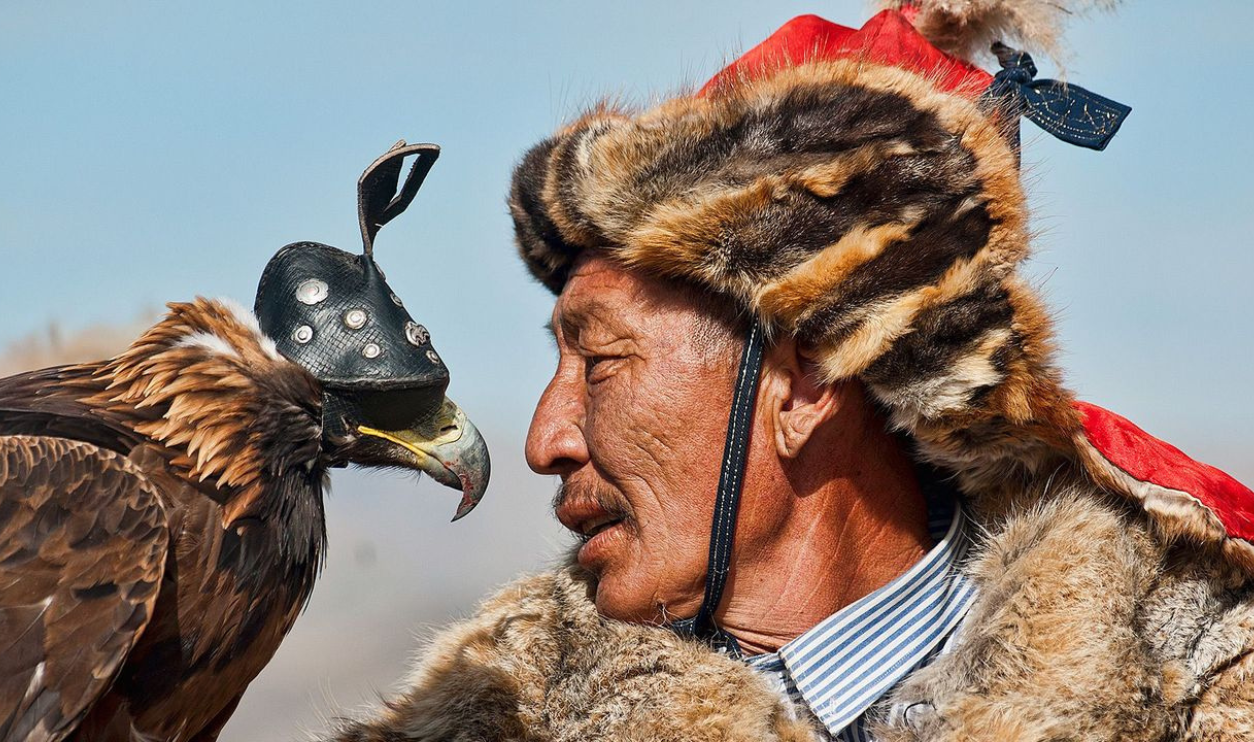
Where Do They Live?
The Kazakhs are part of the Turkic ethnic group, with much of their population living in the Ural Mountains that stretch across Russia and Kazakhstan. They can also be found in parts of China, Mongolia, and Uzbekistan.
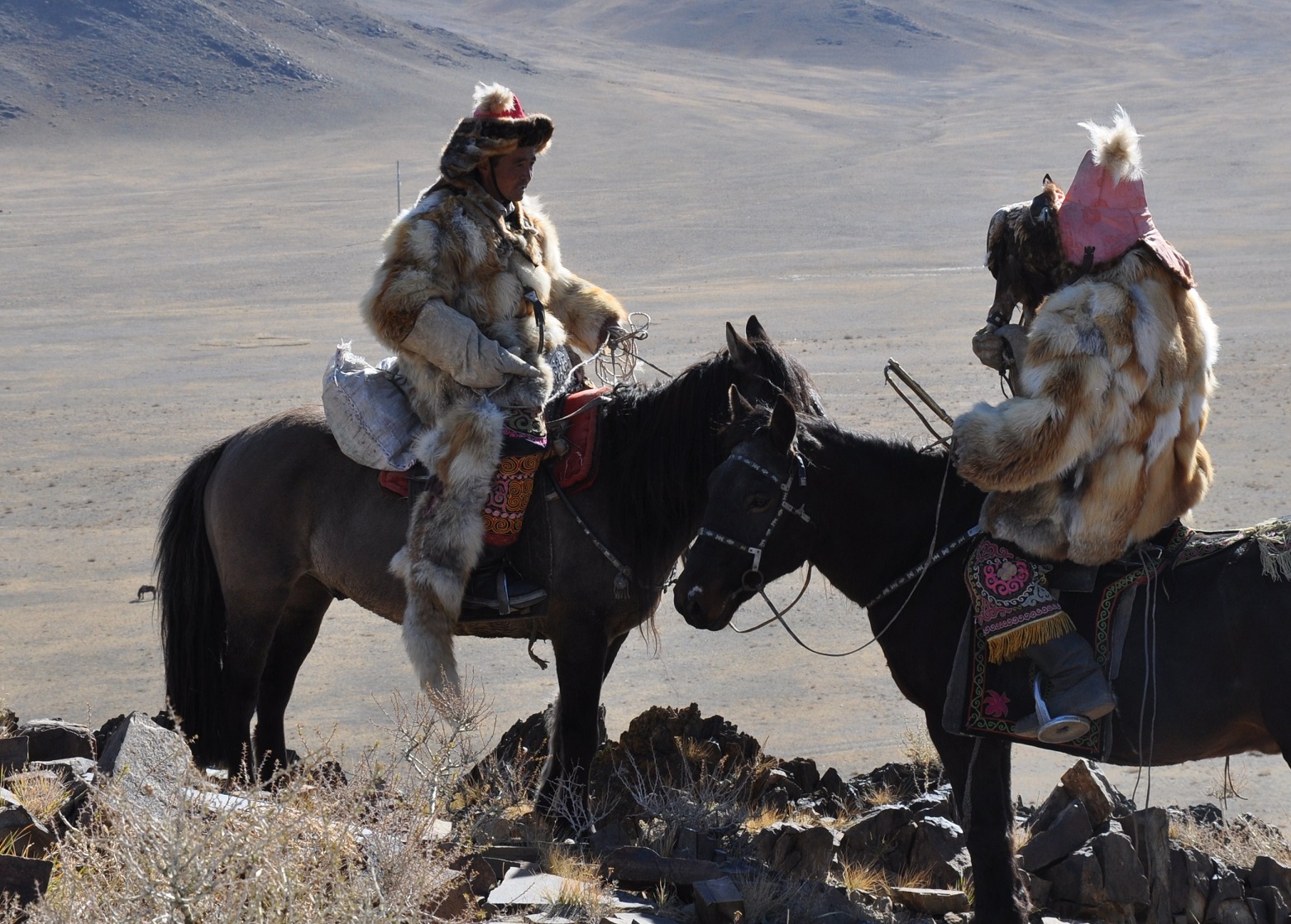 Altaihunters, CC BY-SA 3.0, Wikimedia Commons
Altaihunters, CC BY-SA 3.0, Wikimedia Commons
Two Cultures Become One
The history of the Kazakhs is a long one, beginning in the 15th century. That’s when medieval Turkic tribes joined with Mongolian tribes who had ancestral roots tracing back to the Mongol Empire.
What’s In A Name?
The name “Kazazh” refers to ethnic group, while all citizens of Kazakhstan are called “Kazakhstani” regardless of their ethnic background.
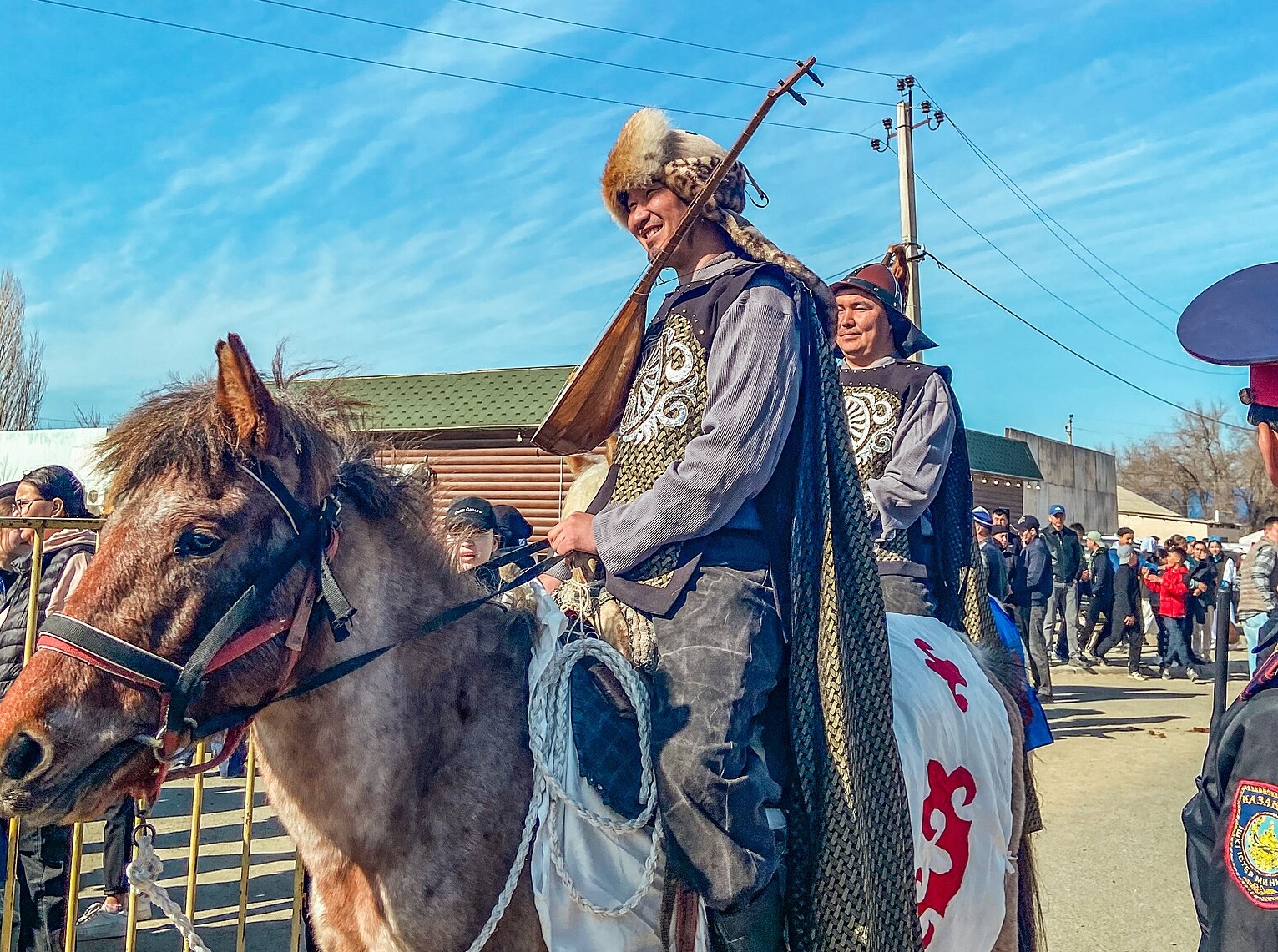 Symbat Bolatova, CC BY-SA 4.0, Wikimedia Commons
Symbat Bolatova, CC BY-SA 4.0, Wikimedia Commons
Their Ancestors
Archaeological, linguistic, and genetic research suggests that the Kazakhs’ Turkic ancestors descended from communities who migrated from Northeast China to Mongolia in the 3rd century BCE.
By the 1st century BCE, they had transformed from pastoral communities to equestrian nomads on the steppes of Central Asia.
As The Seasons Change
As part of nomadic life, the Kazakhs would migrate each season to find new grazing grounds for their livestock. Many Kazakhs owned horses, but cows, sheep, goats, and even camels were common livestock animals.
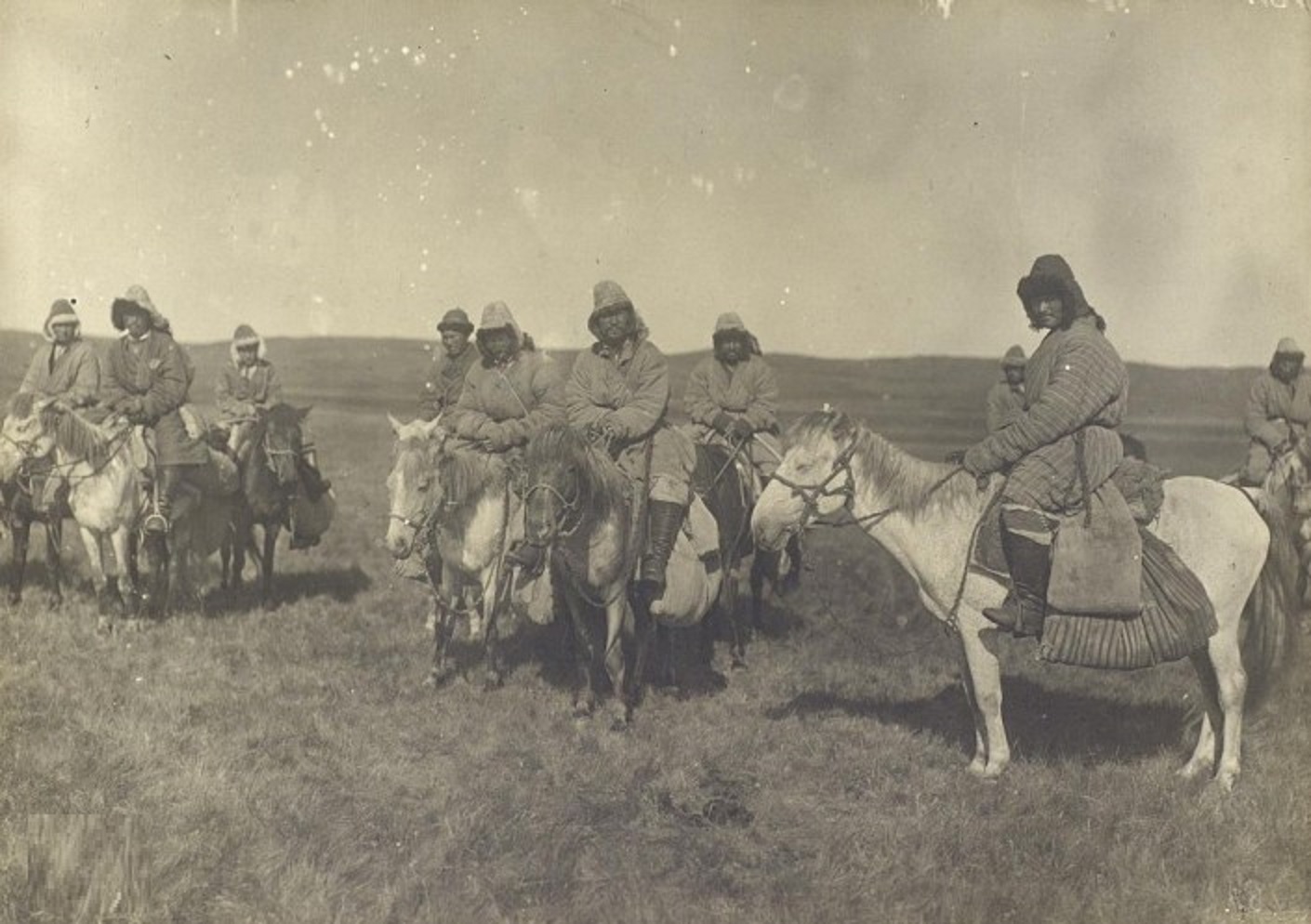 Дудин С. М., Де-Лазари Константин Николаевич. Wikimedia Commons
Дудин С. М., Де-Лазари Константин Николаевич. Wikimedia Commons
Their Houses
The early Kazakhs lived in dome-shaped tents called yurts. The yurts were portable and made of wooden frames that were covered with felt or hides. In the 19th century, many Kazakhs began to adopt a more sedentary lifestyle, though there are still many nomads in Mongolia.
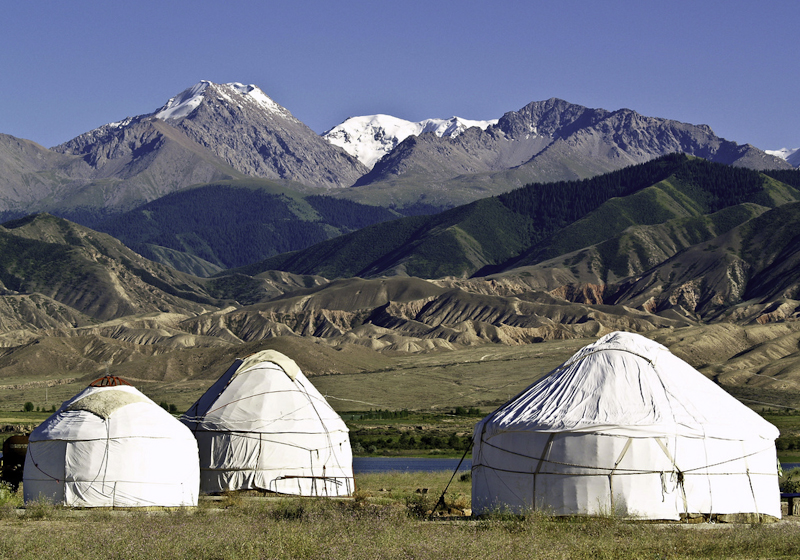 cea +, CC BY 2.0, Wikimedia CommonsA Kazakhstani's Best Friend
cea +, CC BY 2.0, Wikimedia CommonsA Kazakhstani's Best Friend
Eagle Hunting is one of the Kazakhs’ most famous traditions. There are thought to be 250 eagle hunters among the Kazakhs in Bayan-Ölgii Province.
Commanding these powerful predators, they can hunt a variety of wildlife, including hares and foxes.
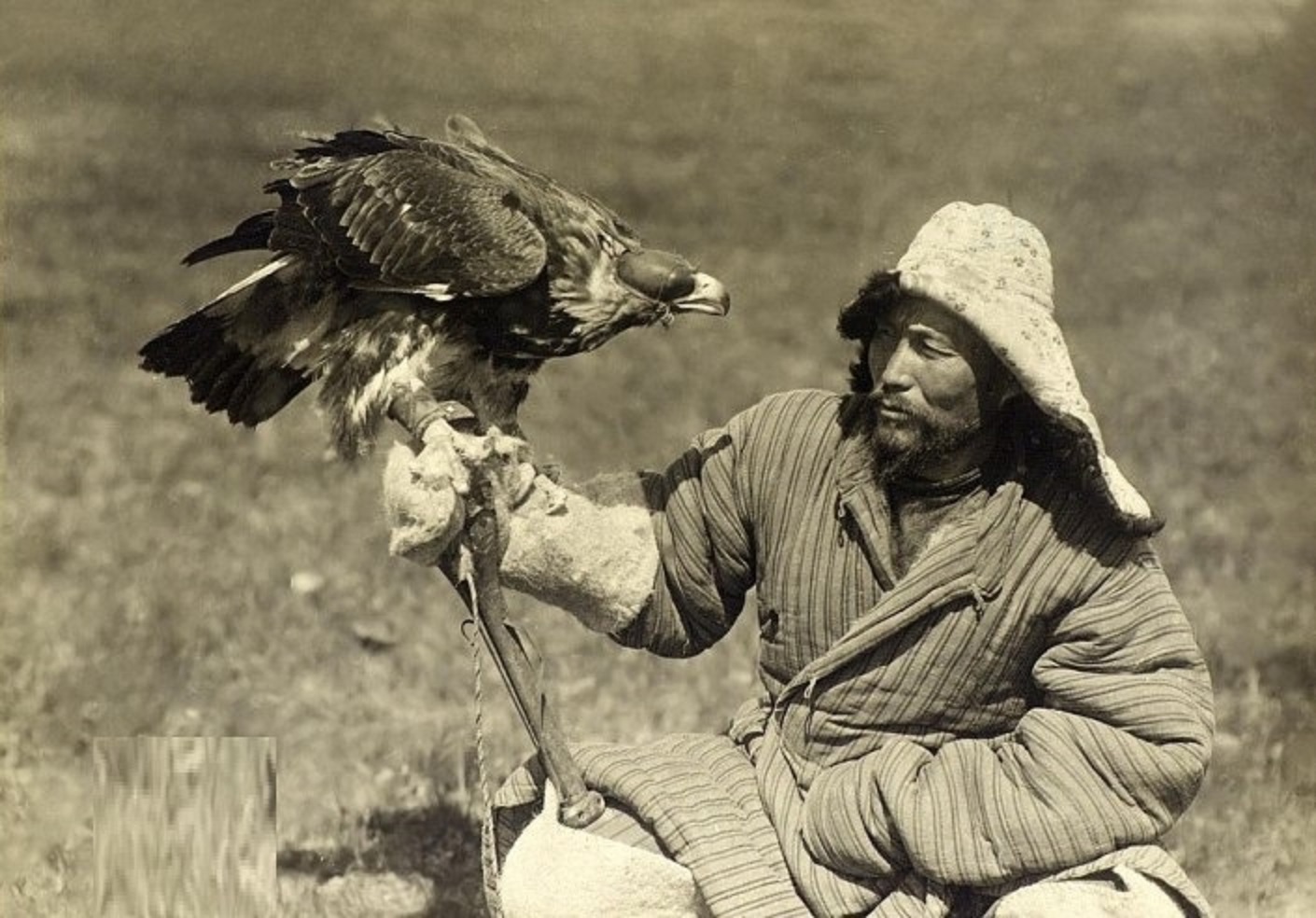 Поляков И. С. , Дудин С. М., Wikimedia Commons
Поляков И. С. , Дудин С. М., Wikimedia Commons
The Backup "Eagle"
The Kazakhs are known for hunting with golden eagles, but in the absence of their preferred hunting partner, pretty much any bird will do. Peregrine falcons, goshawks, and saker falcons are among the many bird species that have been trained by Kazakh hunters.
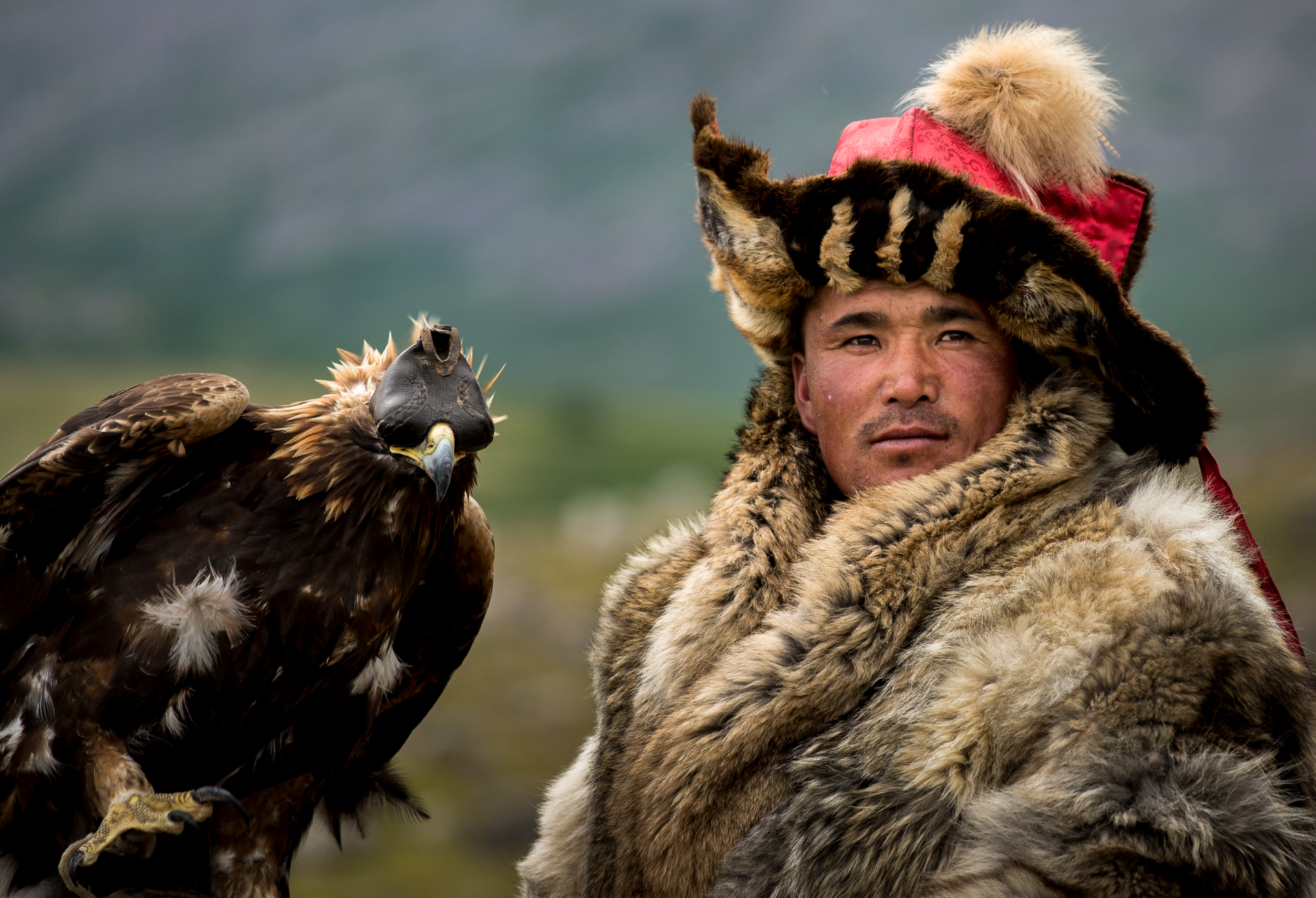 www.david baxendale.com, Flickr
www.david baxendale.com, Flickr
The Grand Competition
The Golden Eagle Festival, held every year in Mongolia, is the perfect chance to witness Kazakh eagle hunters in action. To celebrate their heritage and show off their skill, hunters dress up in their traditional regalia, get atop their best horses, and compete in competitions that test their speed, accuracy, and agility.
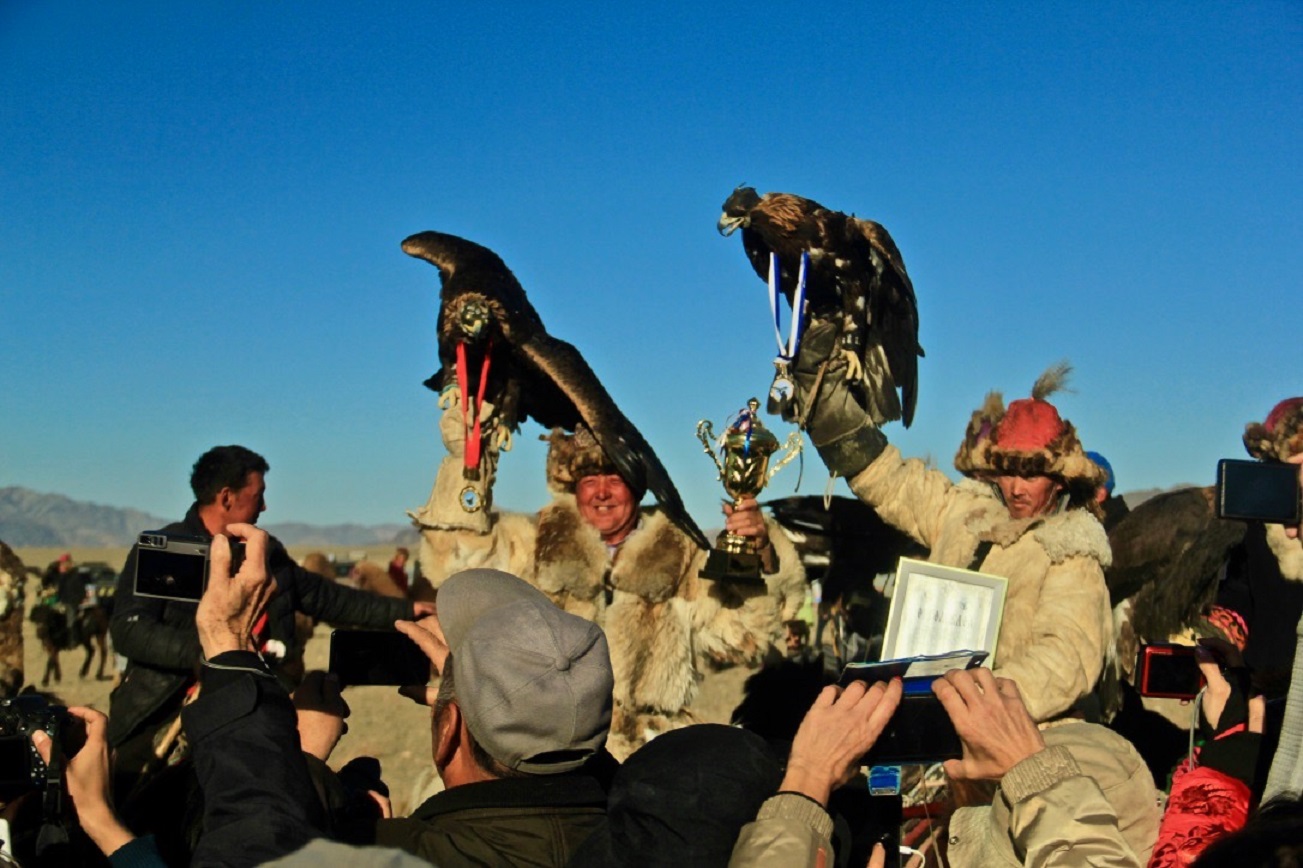 Gabideen, CC BY-SA 4.0, Wikimedia Commons
Gabideen, CC BY-SA 4.0, Wikimedia Commons
Something For Everyone
Eagle hunting isn’t the only thing on showcase at the Golden Eagle Festival. Other fun events include archery, horse racing, and Bushkashi, horseback tug-of-war that’s played with a goatskin.
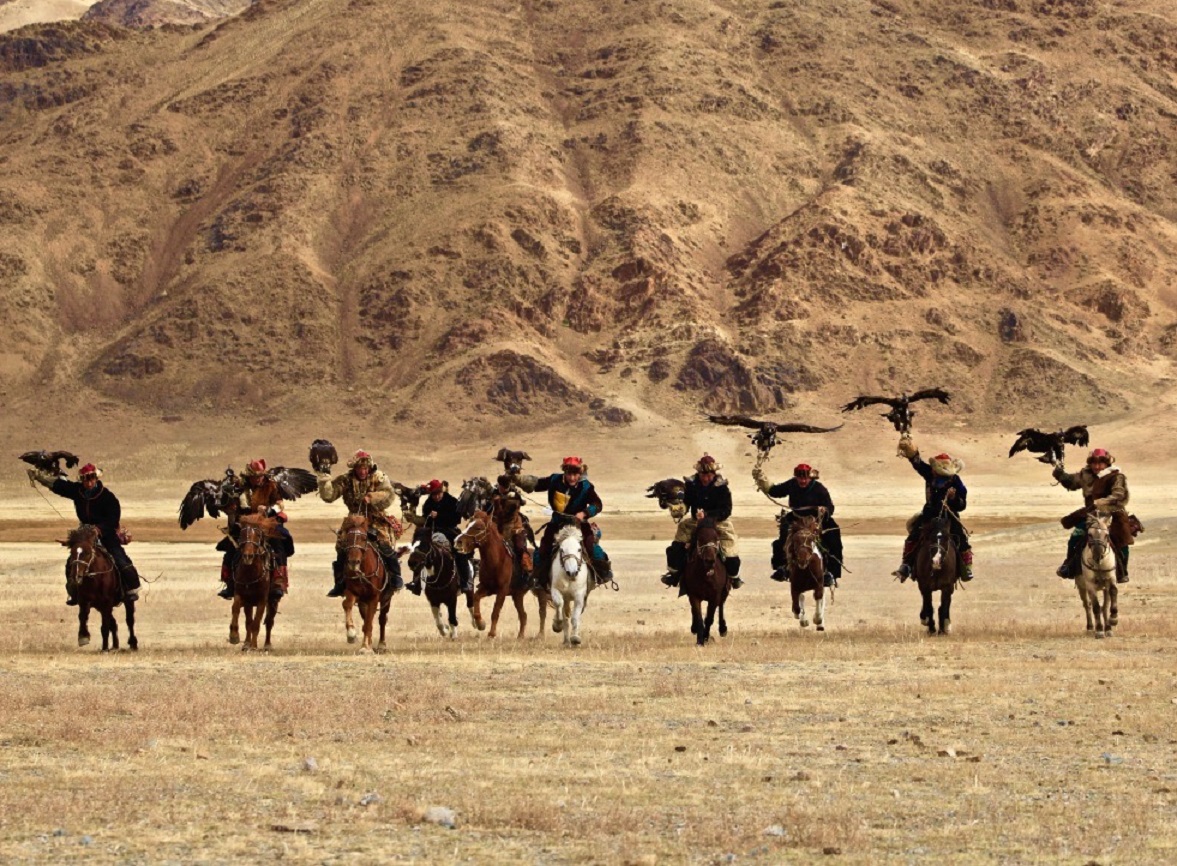 Gabideen, CC BY-SA 4.0, Wikimedia Commons
Gabideen, CC BY-SA 4.0, Wikimedia Commons
Kazakhstani Girl Power
Like in many ancient cultures, Kazakh women have faced some inequality when it comes to cultural expectations. Though they have long been known to train eagles for hunting, the Golden Eagle Festival was a boys-only club for many years. That all changed in 2016. That year, 13-year-old Aisholpan was the first female to not only enter the competition but win it.
Female competitors are still a rare sight at the festival, but Aisholpan’s win was documented in the 2016 film, The Eagle Huntress.
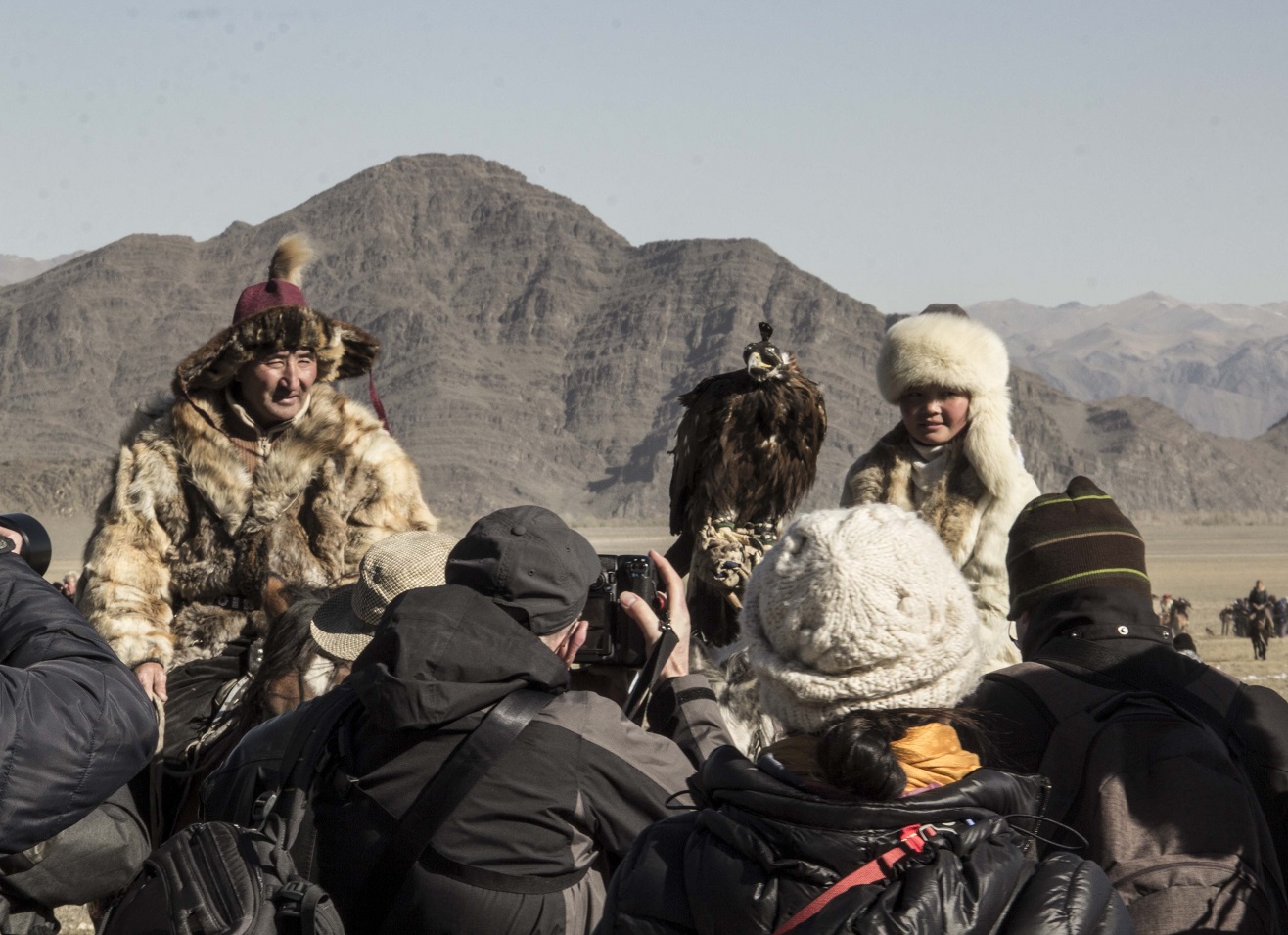 Gabideen, CC BY-SA 4.0, Wikimedia Commons
Gabideen, CC BY-SA 4.0, Wikimedia Commons
No Going Back
The eagle hunters have become a fascination with tourists from around the world. Seeing how lucrative this can be, the government of Kazakhstan has tried to entice the eagle hunters to return to their native homeland, but most have chosen to stay in Mongolia.
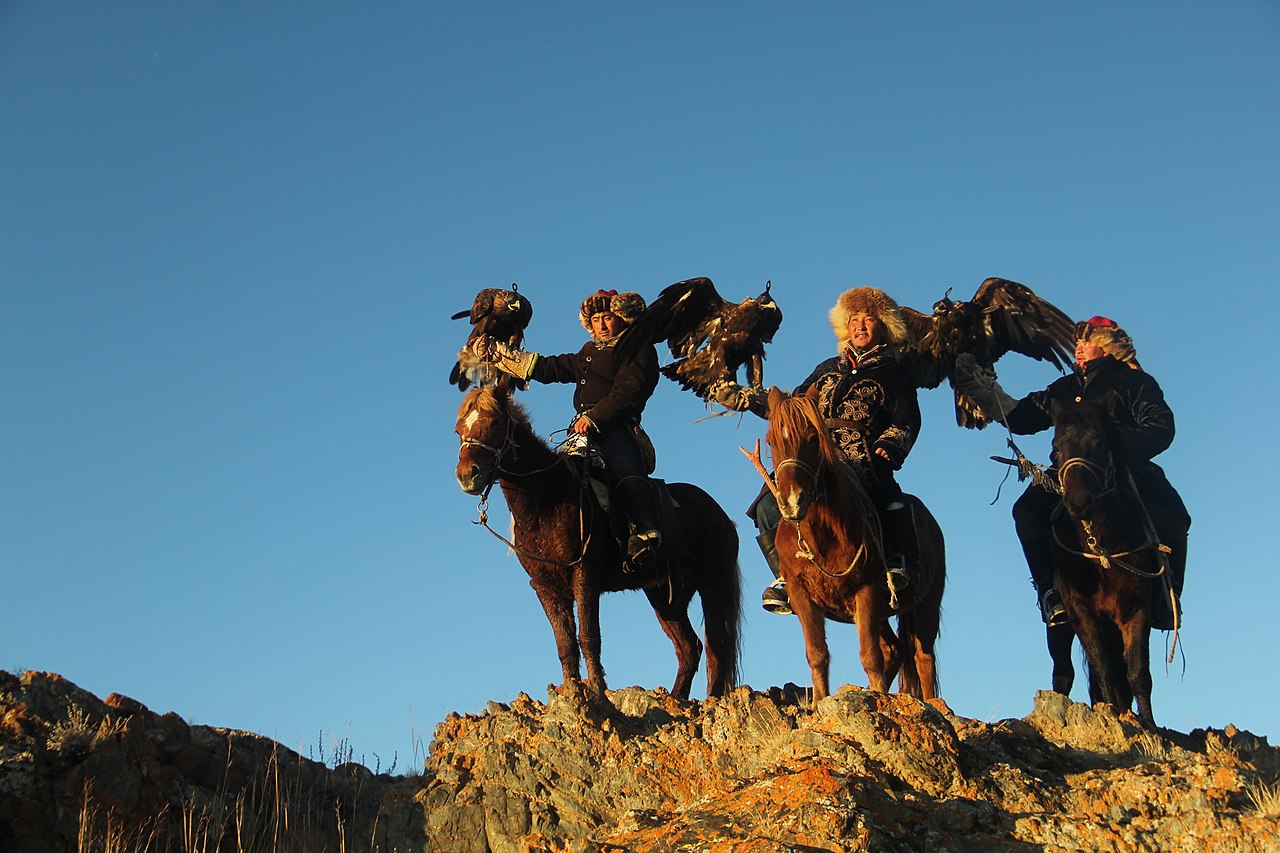 Gabideen, CC BY-SA 4.0, Wikimedia Commons
Gabideen, CC BY-SA 4.0, Wikimedia Commons
The Ancestors Are Holy
The early Kazakh people believed in shamanism and the worship of their ancestors. They also engaged in the worship of natural elements like the sky and fire, and believed in supernatural forces like good and evil spirits. Many people wore special talismans or beads to protect themselves from evil.
These shamanistic beliefs are still a strong part of Kazakh culture.
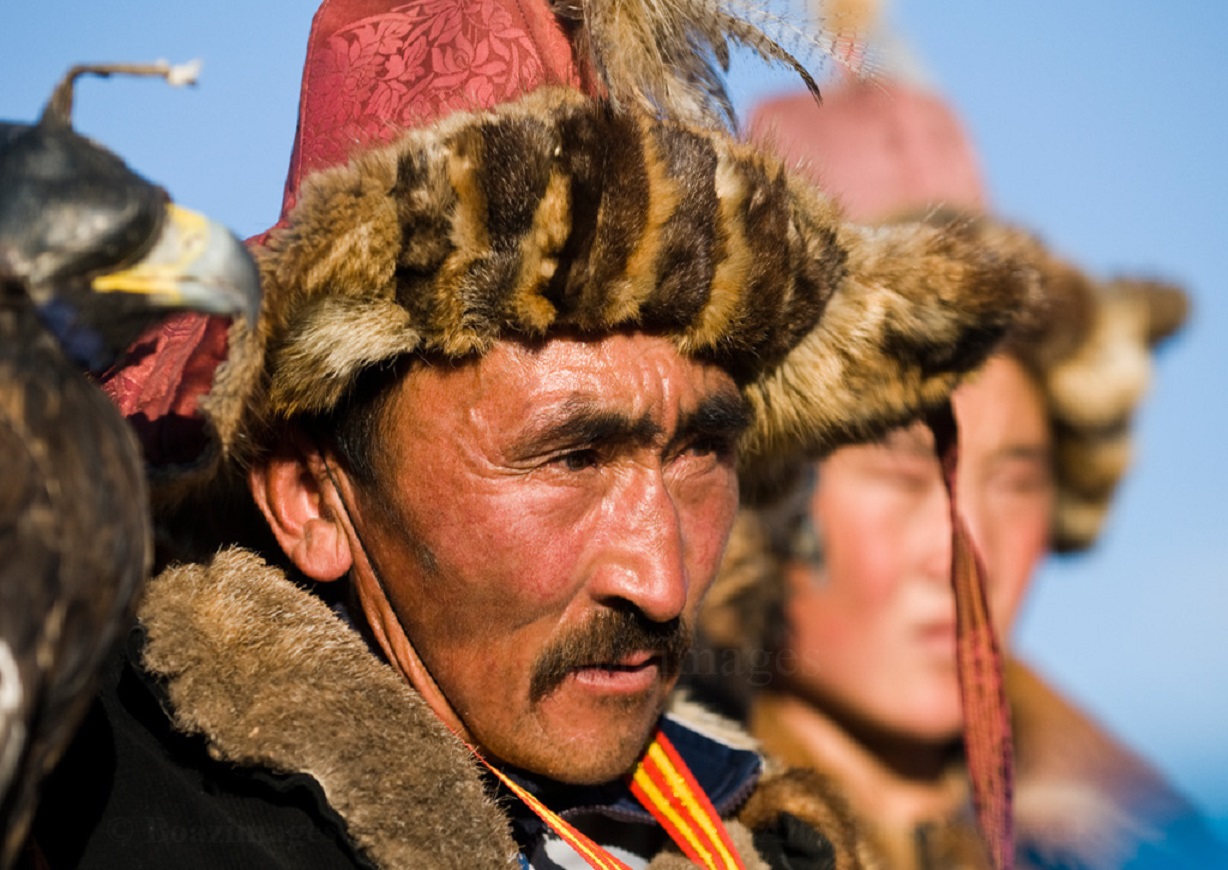 Ceyhun Kavakci, CC BY-SA 2.0, Wikimedia Commons
Ceyhun Kavakci, CC BY-SA 2.0, Wikimedia Commons
The Shamans
Kazakh shamans are called bakhsy and a believe in their divine strength is a large part of Kazakh culture. Both men and women can be shamans, and their rituals are typically accompanied with music from a large violin-like string instrument.
Hearts Of Gold
Kazakh people are known for their kindness, and there are many traditions that are based on the importance of hospitality in their culture. Konakasy, a welcoming tradition where guests are given food and entertainment, and Suinshi, the tradition of giving a gift to someone who brings good news, are just two examples of heartwarming Kazakh traditions.
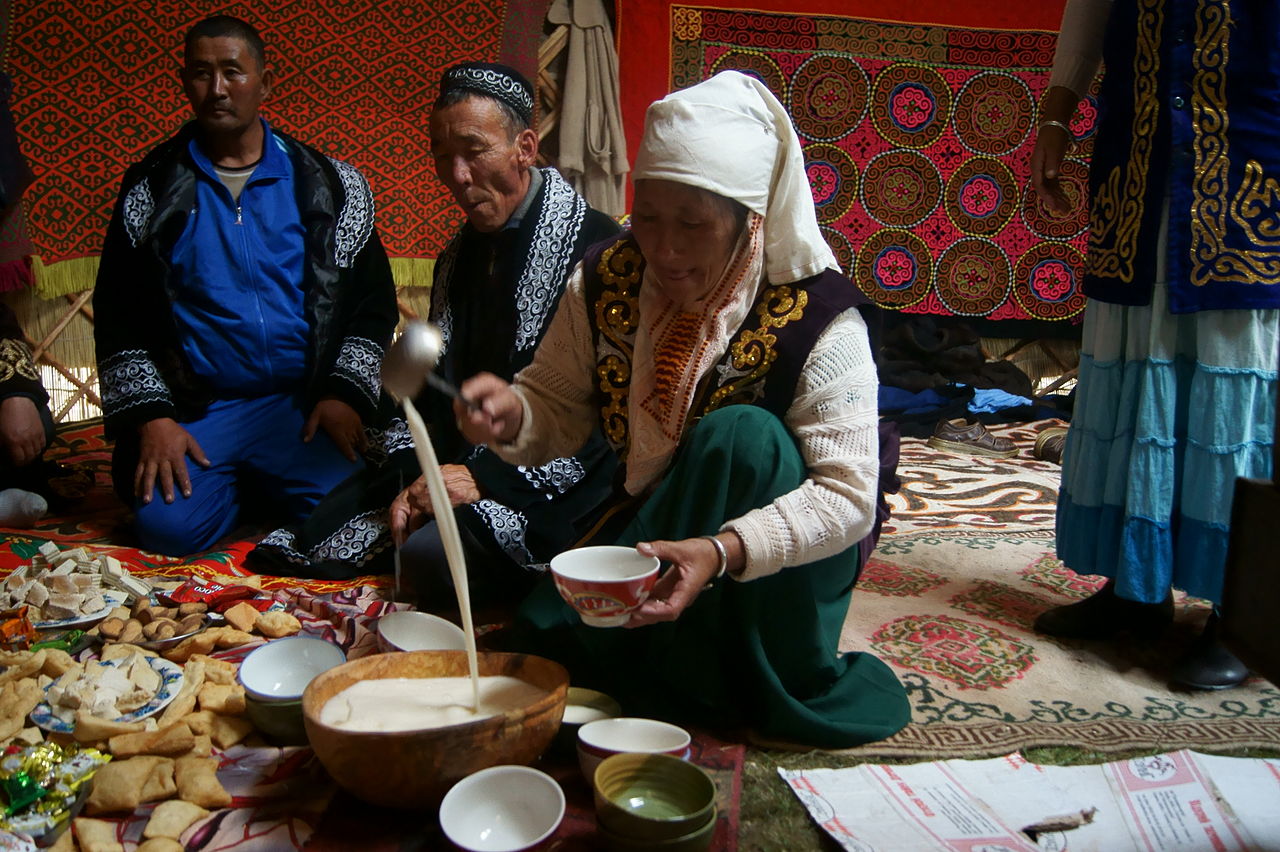 Altaihunters, CC BY-SA 3.0, Wikimedia Commons
Altaihunters, CC BY-SA 3.0, Wikimedia Commons
The Tunes That Make Them Move
Like any culture, music is important to the Kazakhs. Traditionally, they've enjoy making music with the dombra, a two-stringed lute, and the kobyz, a bow instrument. Both are important elements of any traditional Kazakh orchestra.
 Popolon, CC BY-SA 4.0, Wikimedia Commons
Popolon, CC BY-SA 4.0, Wikimedia Commons
They Rely On Their Animals
Livestock is the key to survival for the Kazakh people. For one, their diet is mostly made up of mutton and milk. Fermented mare’s milk and horse meat (called koumiss) are also particularly valuable.
In addition to providing food, though, the Kazakh people derive many of the products they use in their daily lives from their livestock. Horsehair is used to make rope, while hides and horns from sheep are used to make utensils and clothing.
Kazakh Cuisine
The way the Kazakhs cook has also been influenced by their nomadic history. Many common ways of preparing food are meant to preserve the food for a long time. Dried, salted meat is a common Kazakh snack, and their preference for fermented milk is linked to how well the nomads were able to save it.
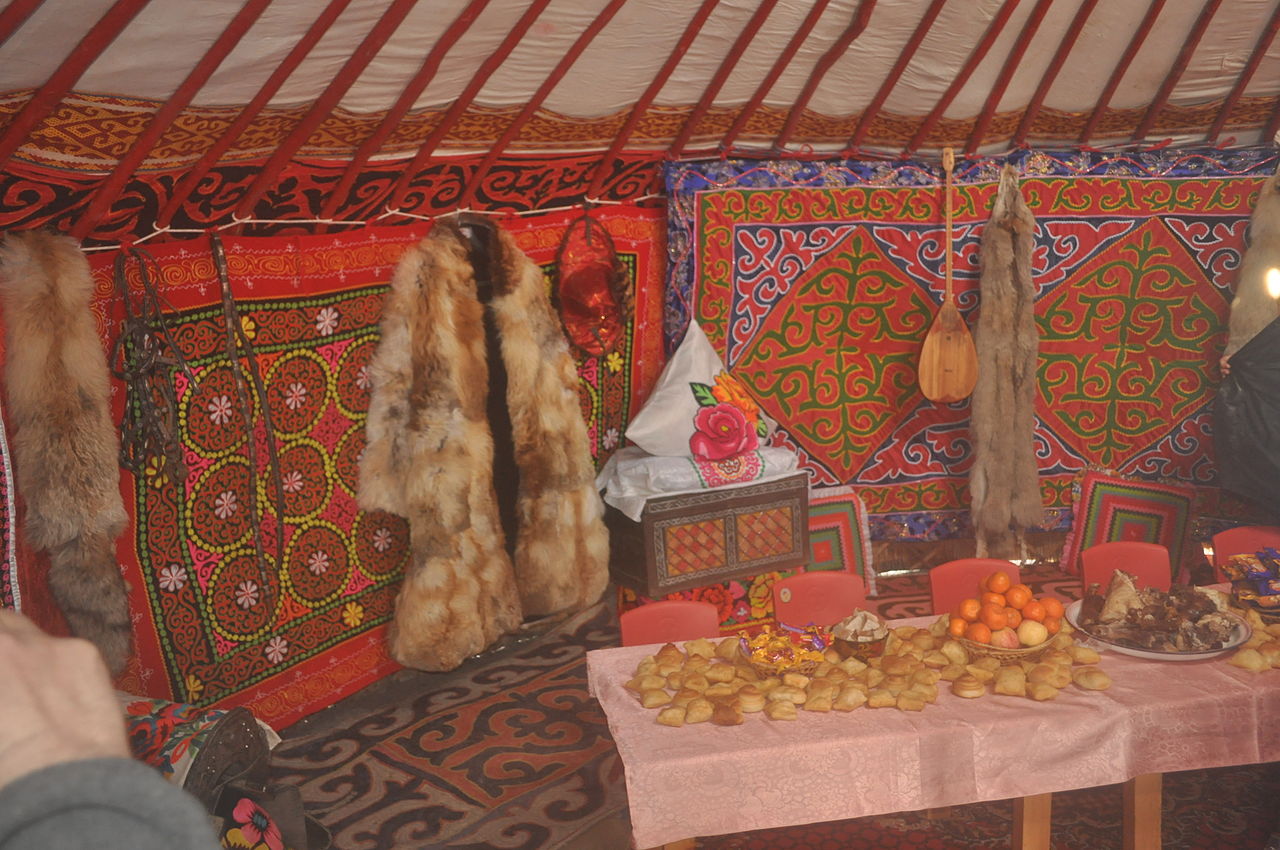 Altaihunters, CC BY-SA 3.0, Wikimedia Commons
Altaihunters, CC BY-SA 3.0, Wikimedia Commons
What's Their Favorite Dish?
Besbarmak is the most popular Kazakh meal. It is made of boiled mutton or hose meat and is often served with shorpa, a meat broth, and pasta. Horse meat sausages called shuzhuk and rice pilaf with vegetables and chunks of meat are also common Kazakh dishes.
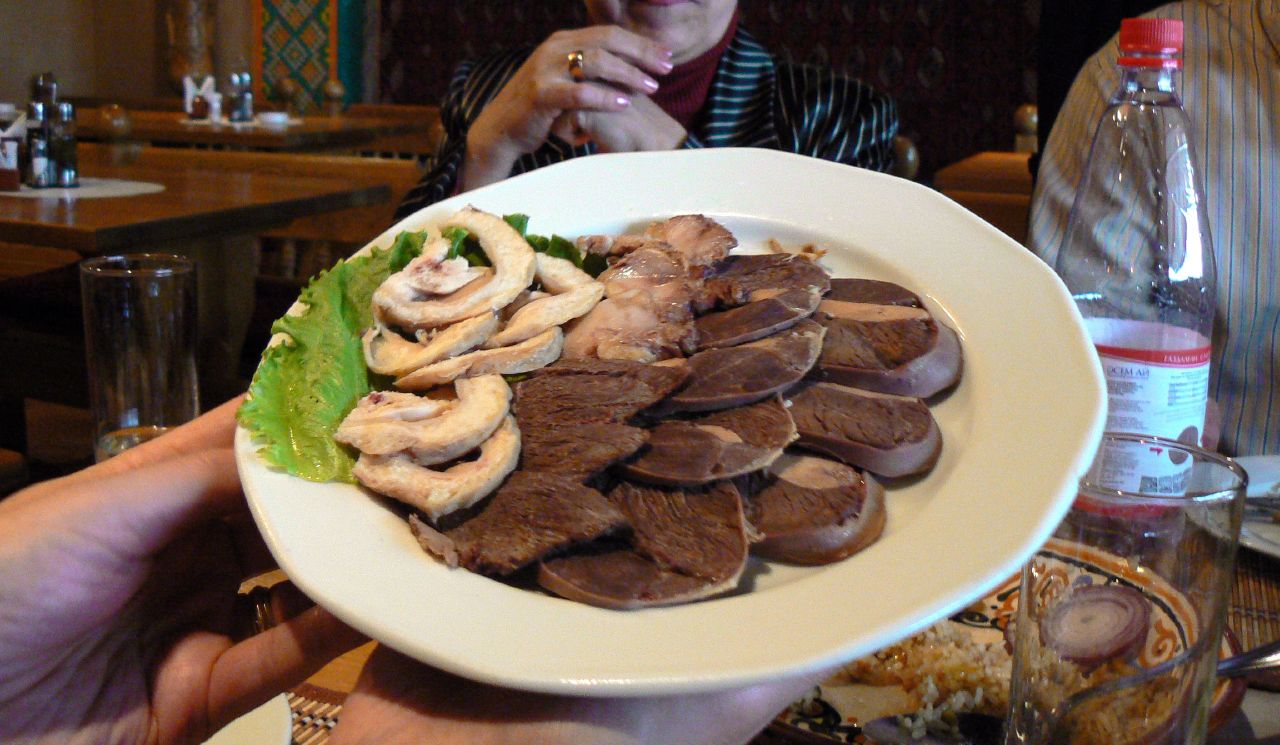 Sara Yeomans, CC BY 2.0, Wikimedia Commons
Sara Yeomans, CC BY 2.0, Wikimedia Commons
What They Wear
Much like the type of food they consumed, the Kazakh's traditional clothing was tailored toward helping them survive the harsh realities of their nomadic lives. They made consistent use of animal furs and hides, including felt from sheep's wool or camel hair. To add some extra flair, they wore jewelry made from animal horns and hooves, as well as bird beaks.
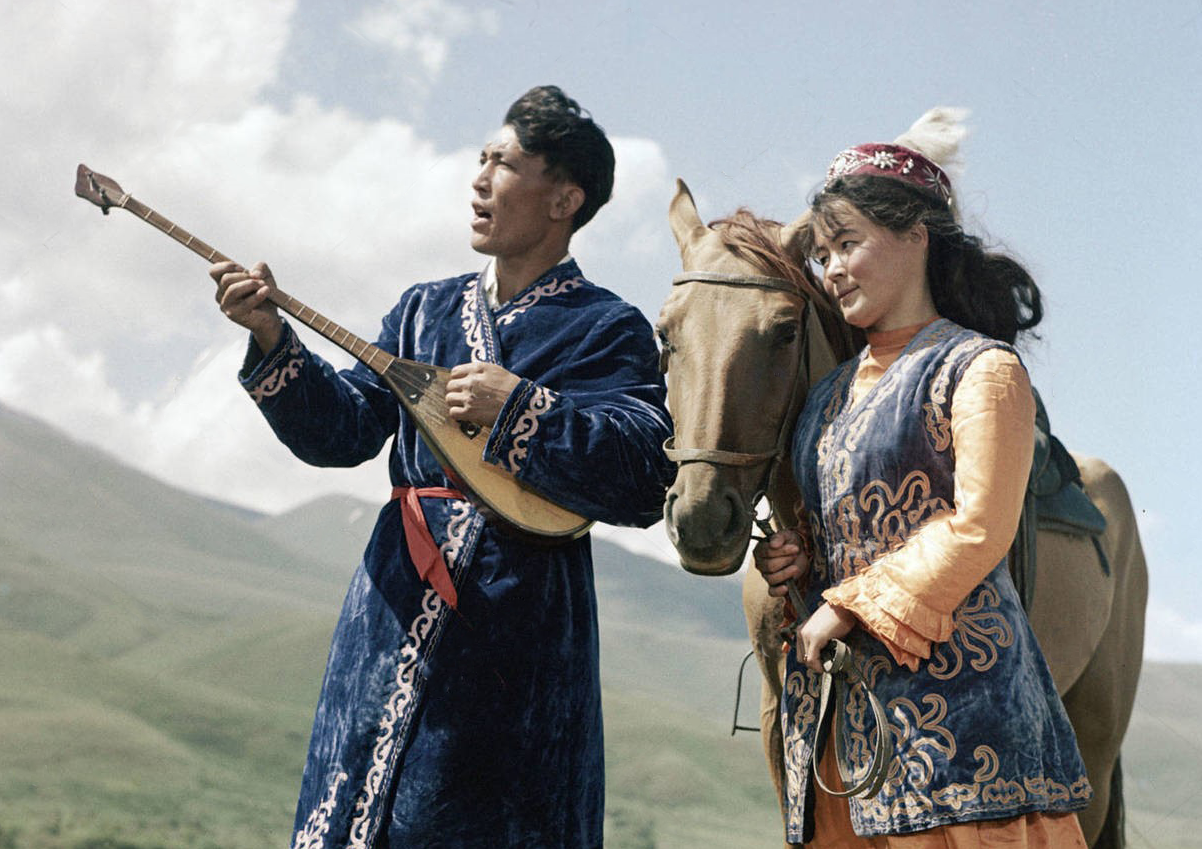 Encik Tekateki, CC BY-SA 4.0, Wikimedia Commons
Encik Tekateki, CC BY-SA 4.0, Wikimedia Commons
They Never Forget Where They Came From
Many pastoral Kazakhs or those who embrace a more modern lifestyle tend to wear Western clothing. However, they still dig out their traditional clothes for special occasions and holidays.
They Love Their Horses
Horses have always had a special place in Kazakh culture. As well as being used for food, they serve important roles in transportation and farming.
The Mongol horse is a common breed in Kazakh stables, though they easily get confused for ponies due to their small size.
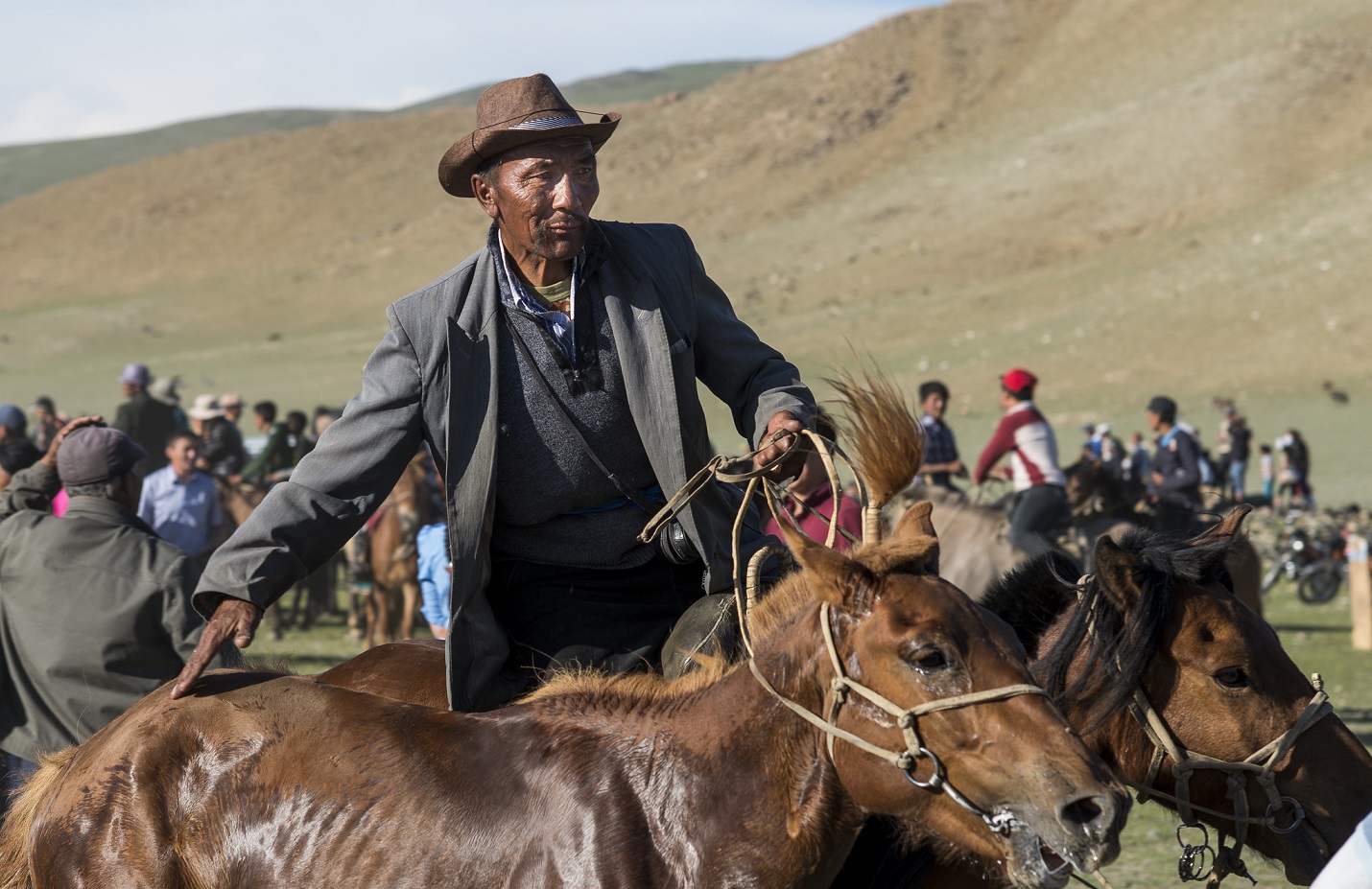 www.david baxendale.com, Flickr
www.david baxendale.com, Flickr
The Three Hordes
Though tribalism plays much less importance in Kazakh culture than it used to, knowledge of one’s ancestral tribe and asking others about their own is still a common tradition among the Kazakhs. Each tribe belongs to one of three hordes (also called jüz): the Senior, Middle, or Junior horde.
The Father Of The Hordes
The Kazakh believe that they are descended from one forefather. According to their legends, this great ancestor had three sons and when he died, they divided his territory and formed the three hordes.
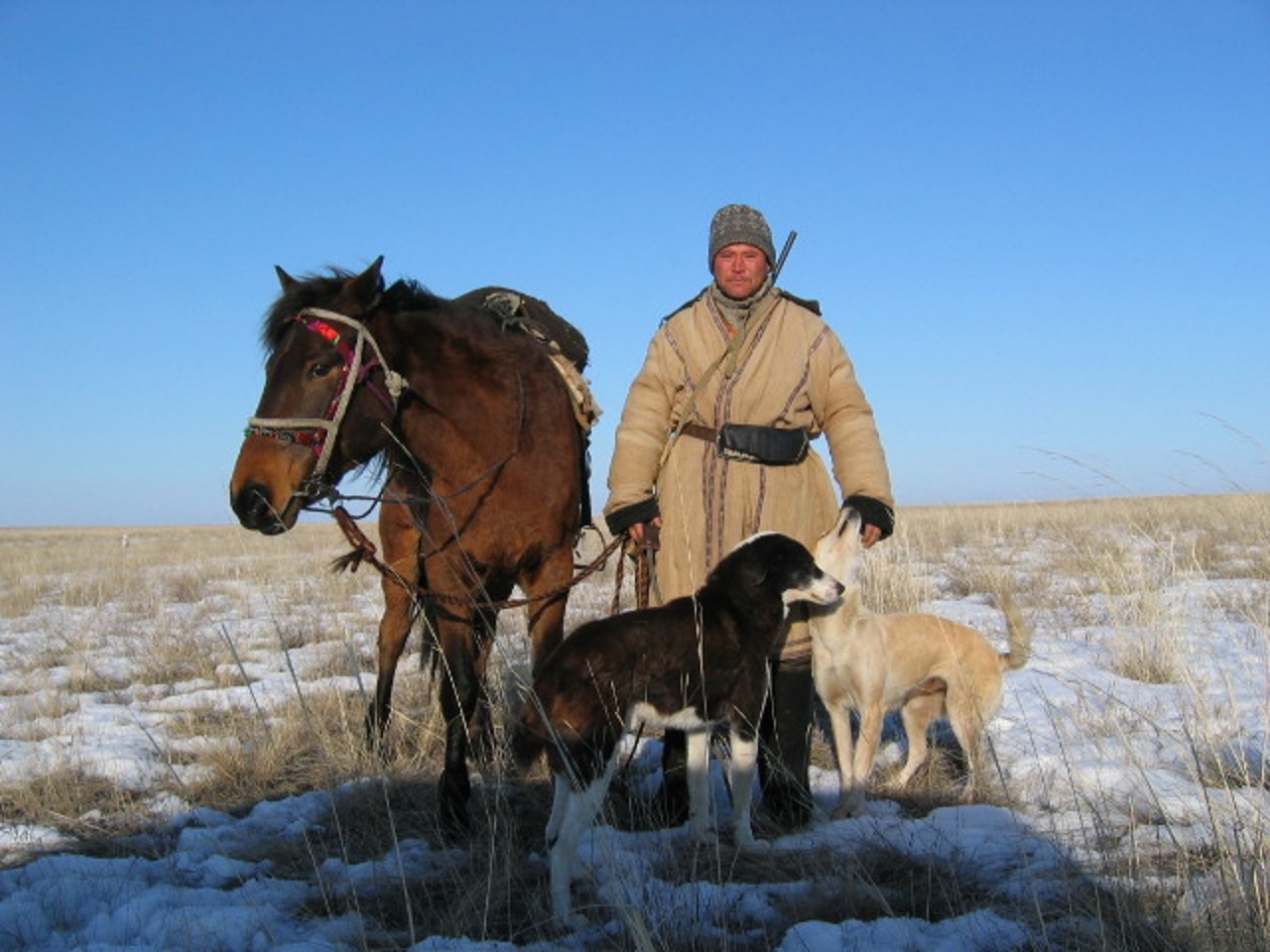 Airunp, CC BY-SA 3.0, Wikimedia Commons
Airunp, CC BY-SA 3.0, Wikimedia Commons
The Senior Horde
The three hordes are still a tradition among modern Kazakhs, with each representing its own territory (though there is no hostility between the hordes). Known records of the Senior horde date back to 1748, and this horde’s vast territory includes southeastern and southwestern Kazakhstan, northwestern China, and some parts of Uzbekistan. Many famous Kazakhs and those among the governing elite are part of the Senior horde.
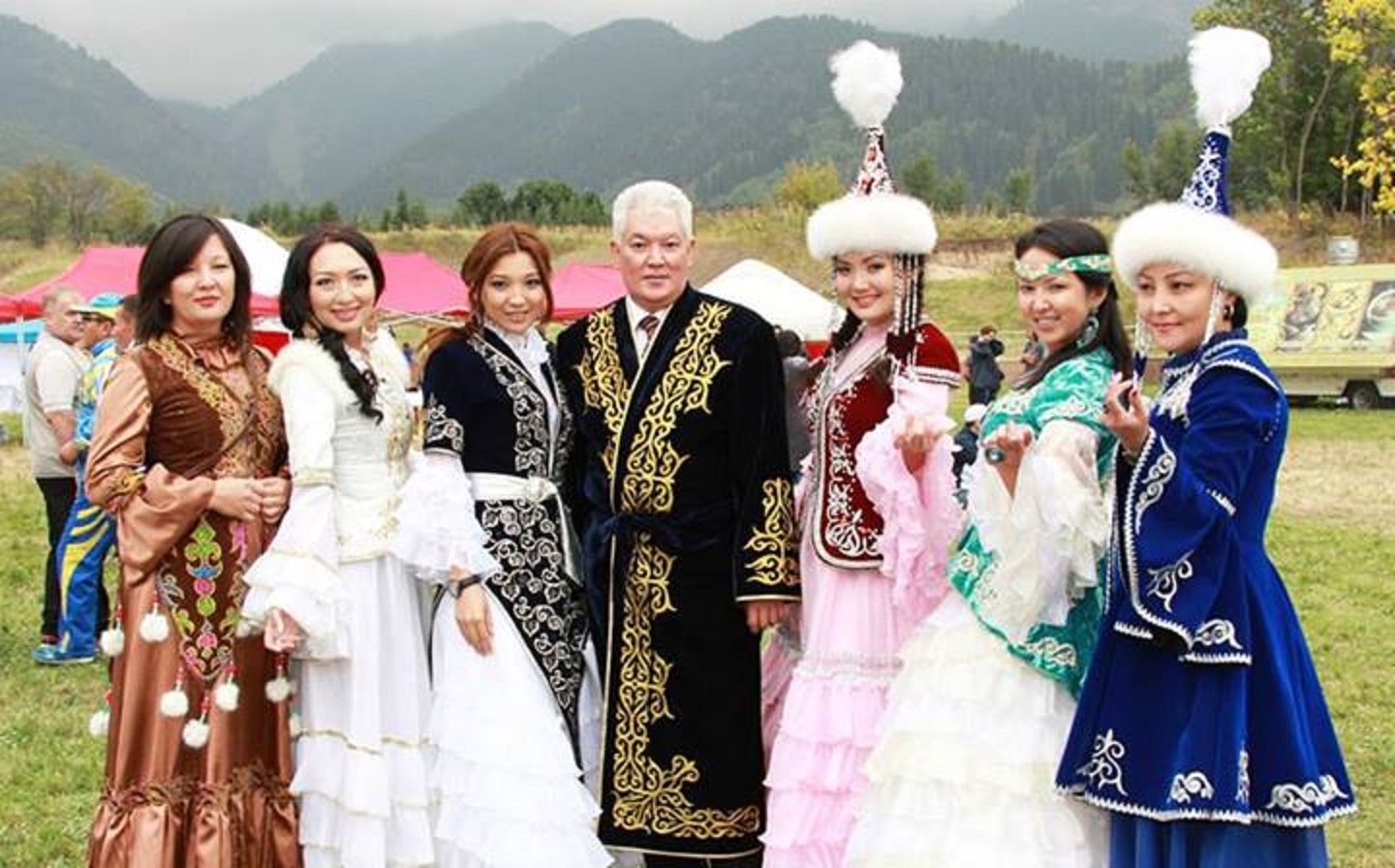 Aralim, CC BY-SA 4.0, Wikimedia Commons
Aralim, CC BY-SA 4.0, Wikimedia Commons
The Smaller Hordes
The Middle horde covers north, central, and eastern Kazakhstan and is made up of six tribal groups. Only three tribes are part of the Junior horde, and it covers western Kazakhstan and Russia.
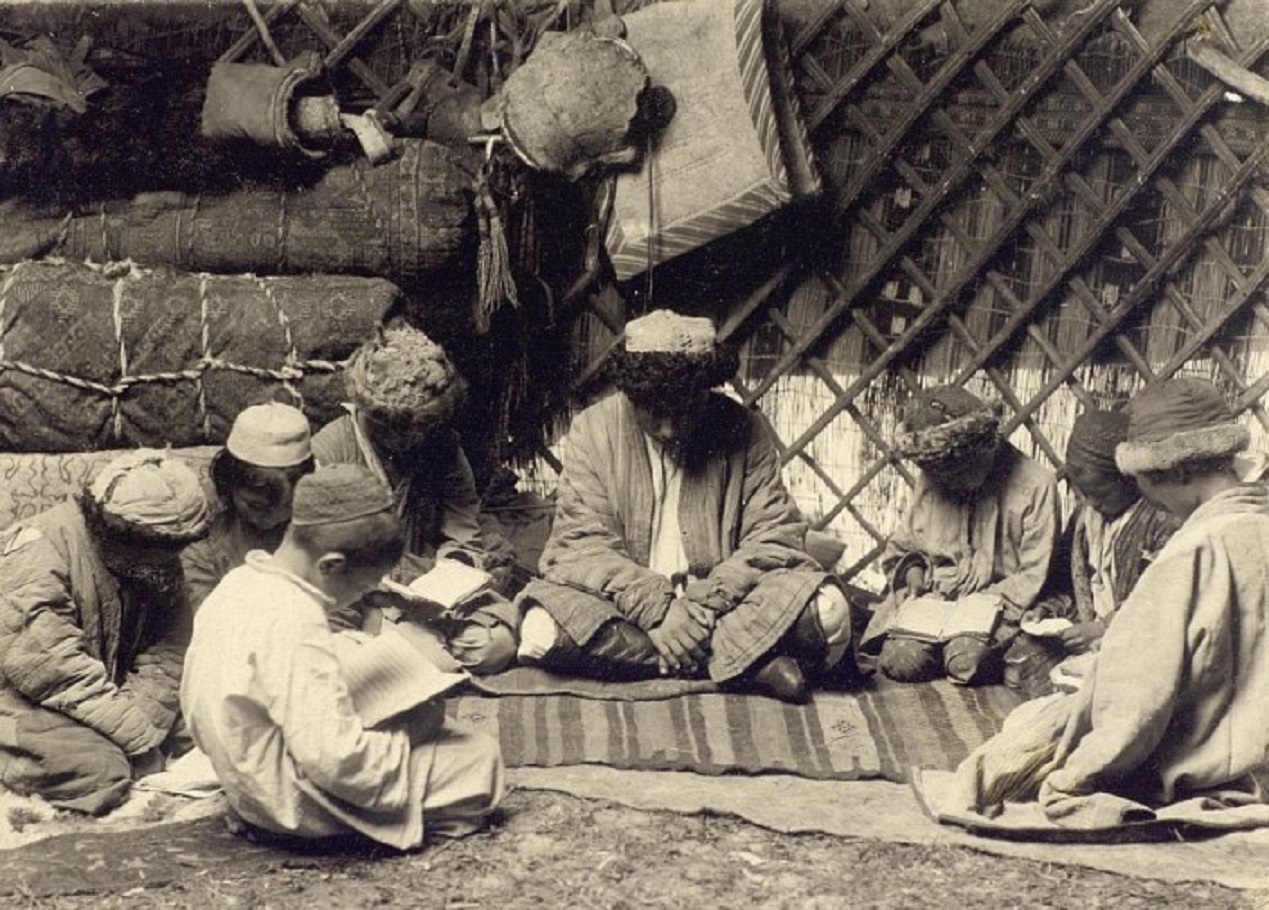 Поляков И. С. , Дудин С. М., Wikimedia Commons
Поляков И. С. , Дудин С. М., Wikimedia Commons
Speaking Their Piece
Like many nomadic cultures, the Kazakhs have maintained an incredible oral history that dates back centuries. Poetry and songs are the most popular ways of telling stories, which are often about legendary Kazakh heroes. In modern times, their oral tradition has been used to share revolutionary ideals and retain a sense of pride in Kazakh culture.
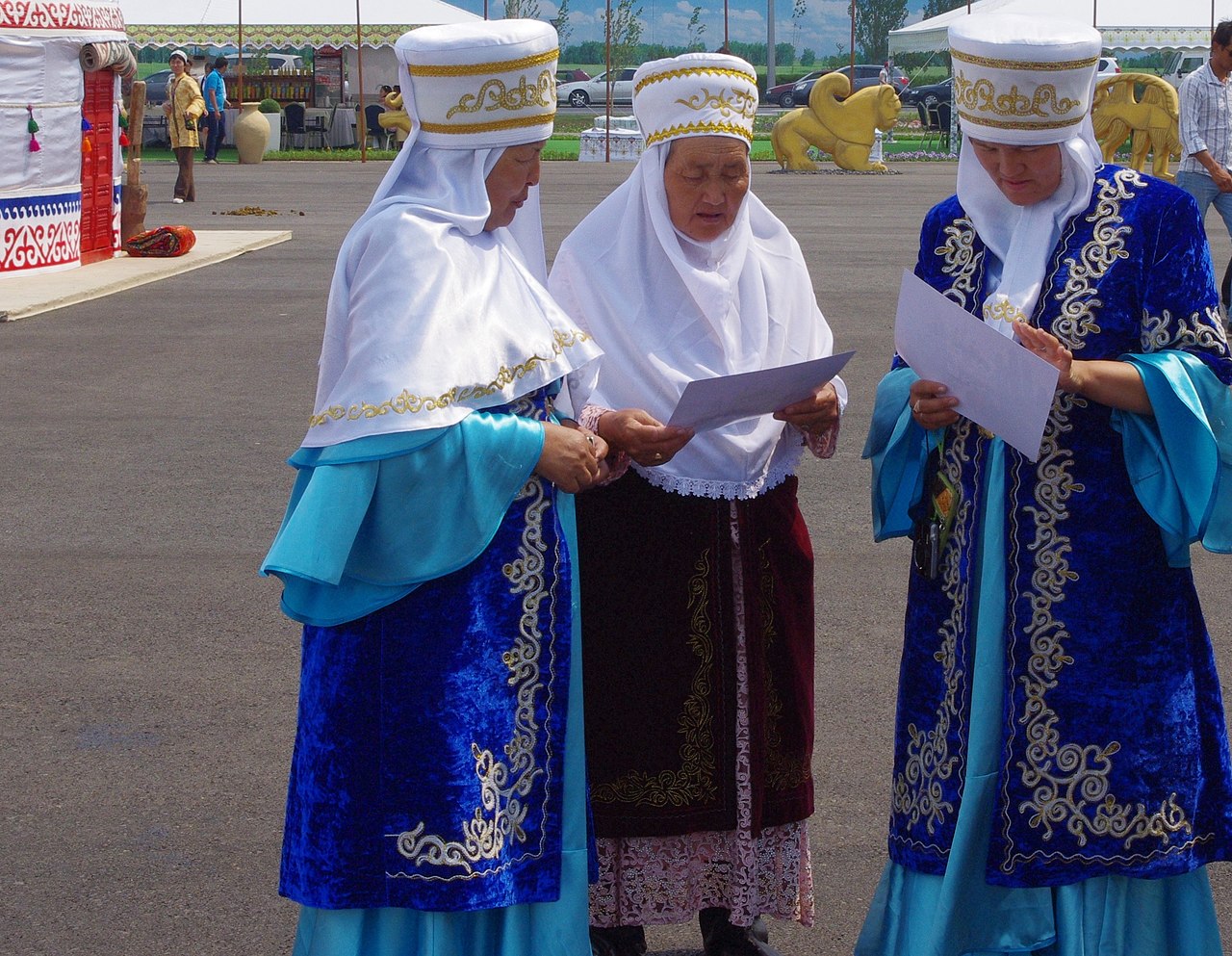 https://www.flickr.com/photos/kjfnjy/, CC BY 2.0, Wikimedia Commons
https://www.flickr.com/photos/kjfnjy/, CC BY 2.0, Wikimedia Commons
They Changed Their Beliefs
Unlike the earliest Kazakh people, many currently follow Islam. In the 8th century CE, Arab missionaries brought their beliefs to the Kazakhs for the first time. In 1936, when the Soviet Union seized control of Kazakhstan, they used the Muslim traditions and institutions to push the Kazakhs to assimilate to Communism.
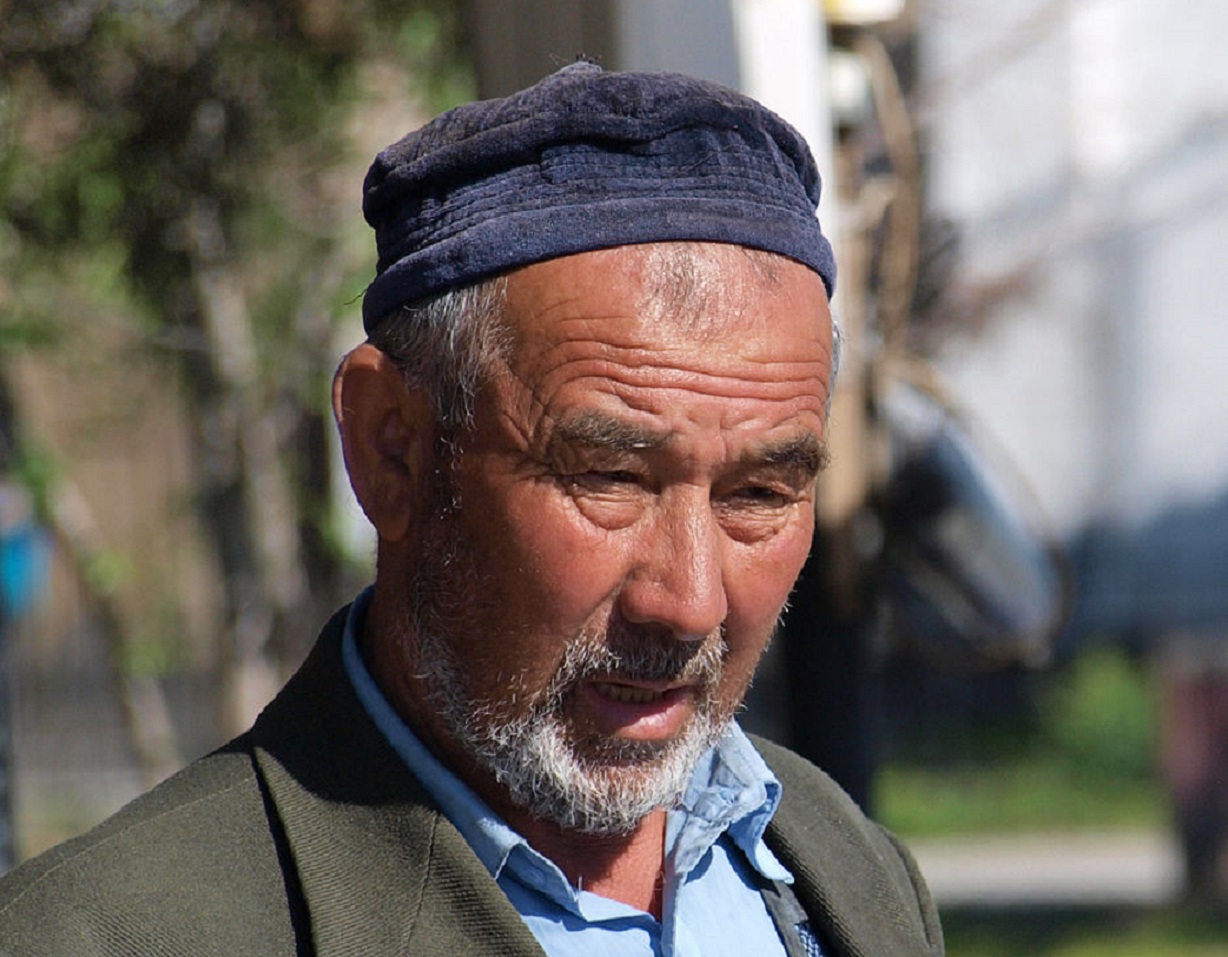 Petar Milošević, CC BY-SA 3.0, Wikimedia Commons
Petar Milošević, CC BY-SA 3.0, Wikimedia Commons
Respecting The Past
While many Kazakh people identify as Muslim, the devotion to Islam is even stronger among the villagers who lives in Kazakhstan’s countryside. In those communities, people who are thought to be descended from the 8th-century missionaries are given a lot of respect.
A New Home
During the Soviet era in Kazakhstan, much of the Kazakh population fled to Mongolia, where they were free to embrace their nomadic lifestyle and traditions. Many Kazakhs now call Bayan-Ölgii Province home.
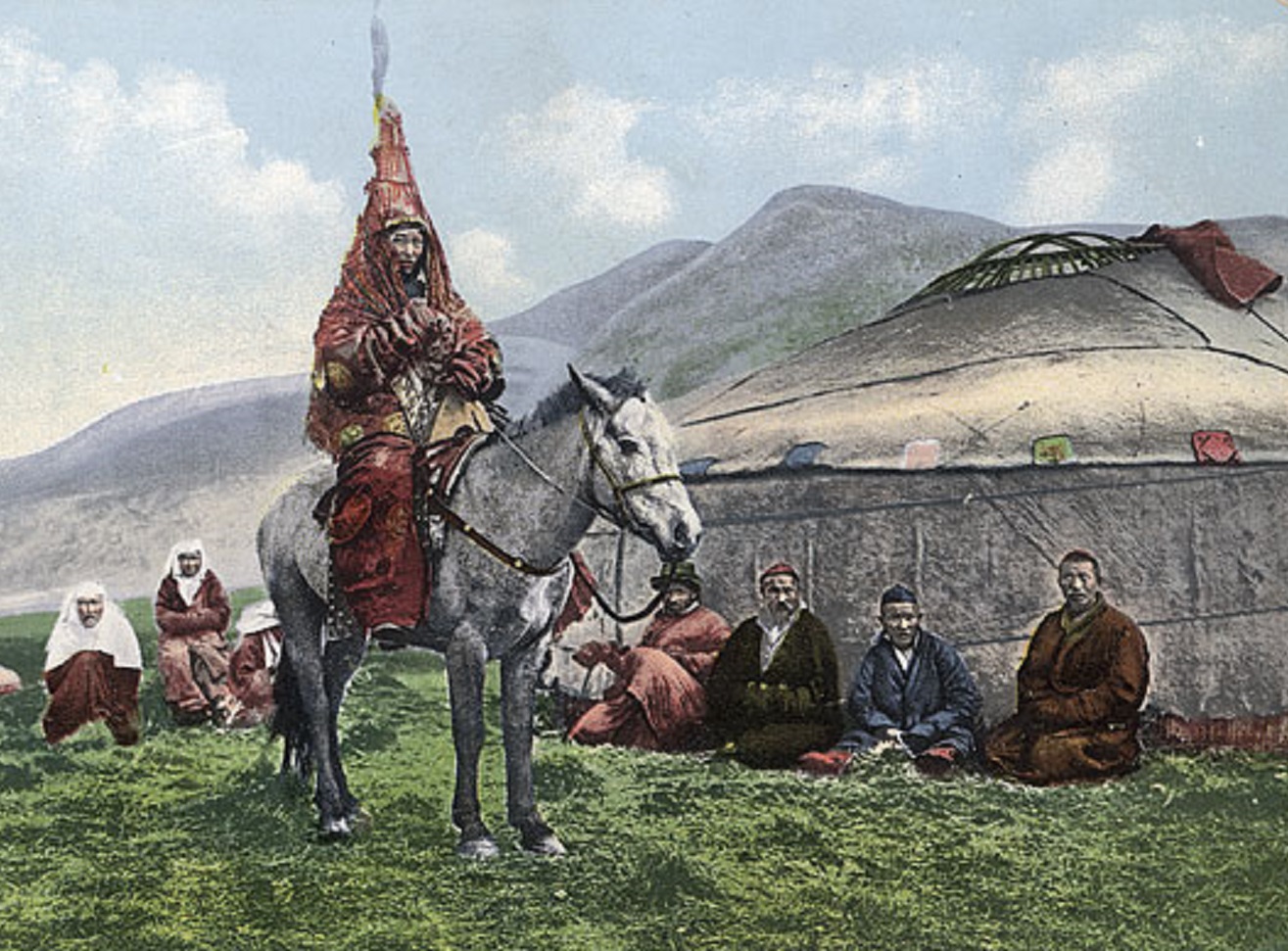 Sergei Ivanovich Borisov, Wikimedia Commons
Sergei Ivanovich Borisov, Wikimedia Commons
The Language
The Kazakh language is part of the Kipchak (meaning “Northwestern”) family of Turkic languages. It is written using Arabic script, but over the years there have been attempts to change the written form of Kazakh as a means of controlling and punishing the Kazakh people.
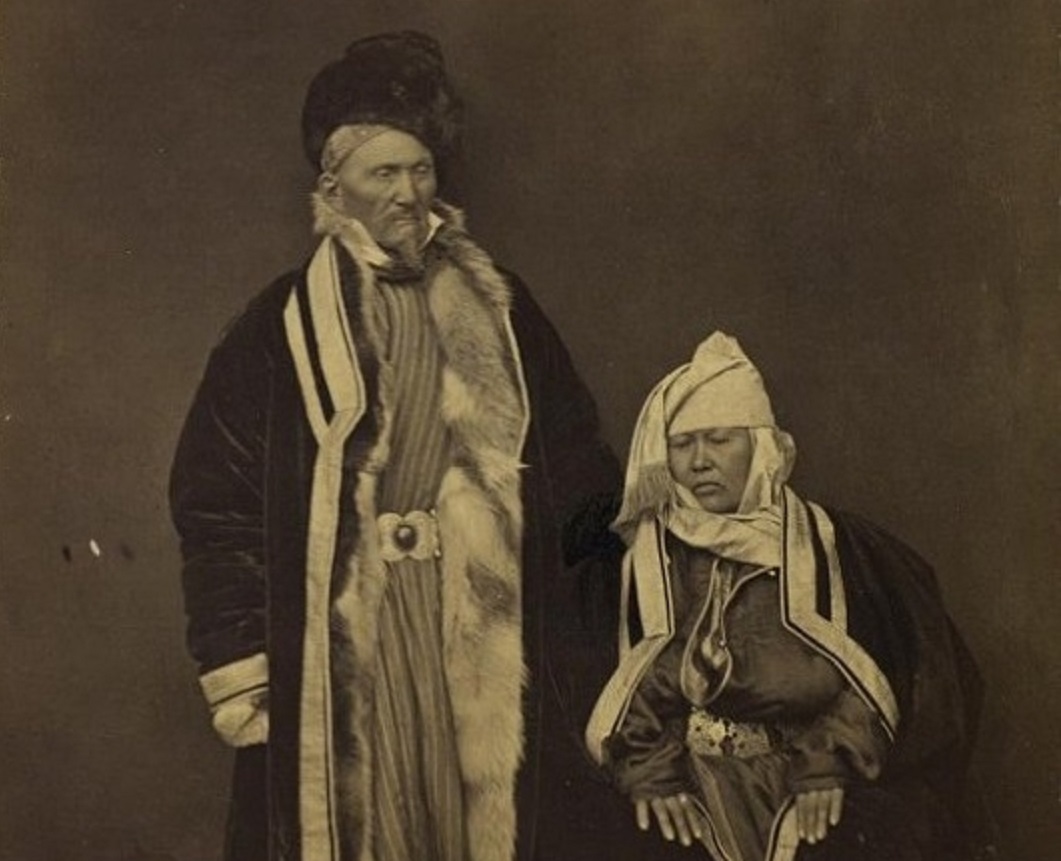 Поляков И. С. , Дудин С. М., Wikimedia Commons
Поляков И. С. , Дудин С. М., Wikimedia Commons
They Fought For Their Roots
In the mid-19th century, Kazakh poets educated in Muslim colleges spearheaded a revolt against Russian domination in Kazakhstan. In response, the Russian authorities developed a Cyrillic-based script for the Kazakh language and established a network of secular schools to promote their version of Kazakh culture and identity.
But the plan didn’t unfold as they had hoped.
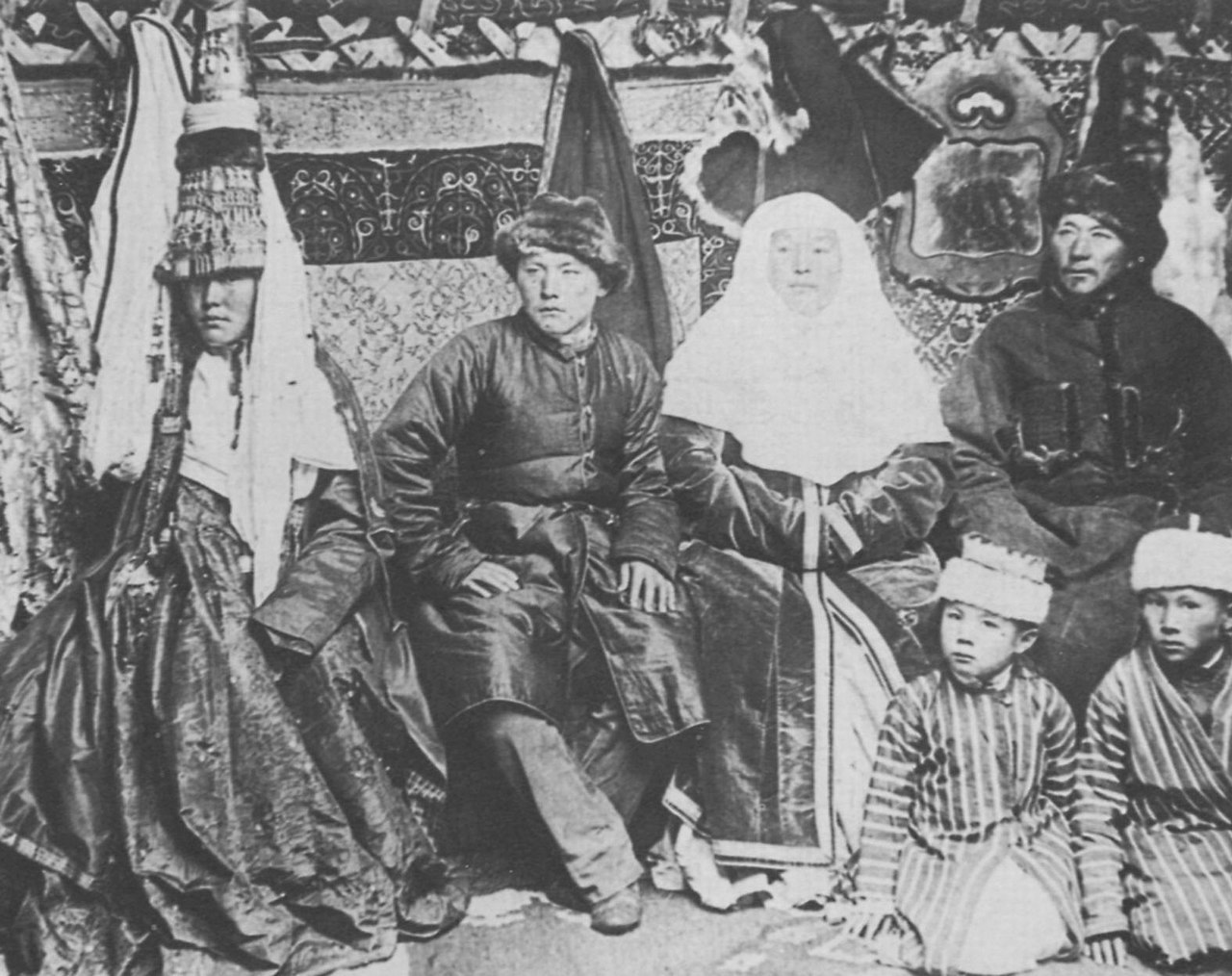 Russischer Photograph um 1900, Wikimedia Commons
Russischer Photograph um 1900, Wikimedia Commons
Just A Phase
People weren’t a fan of the new Cyrillic version of the Kazakh language, and despite Russia’s best attempts, it never gained much spread in Kazakhstan. By 1917, using Arabic script for the Kazakh language was back to being the norm throughout the country.
But ten years later, the Kazakhs found their language under attack again.
Shutting Them Down For Good
In 1927, a Kazakh liberation movement began to pick up steam in the Soviet Union. The Soviets quickly shut it down and as punishment, they banned the use of Arabic script for the Kazakh language.
Latin was made the new writing system, but in 1940, the Soviets turned the tables on the Kazakh people once again.
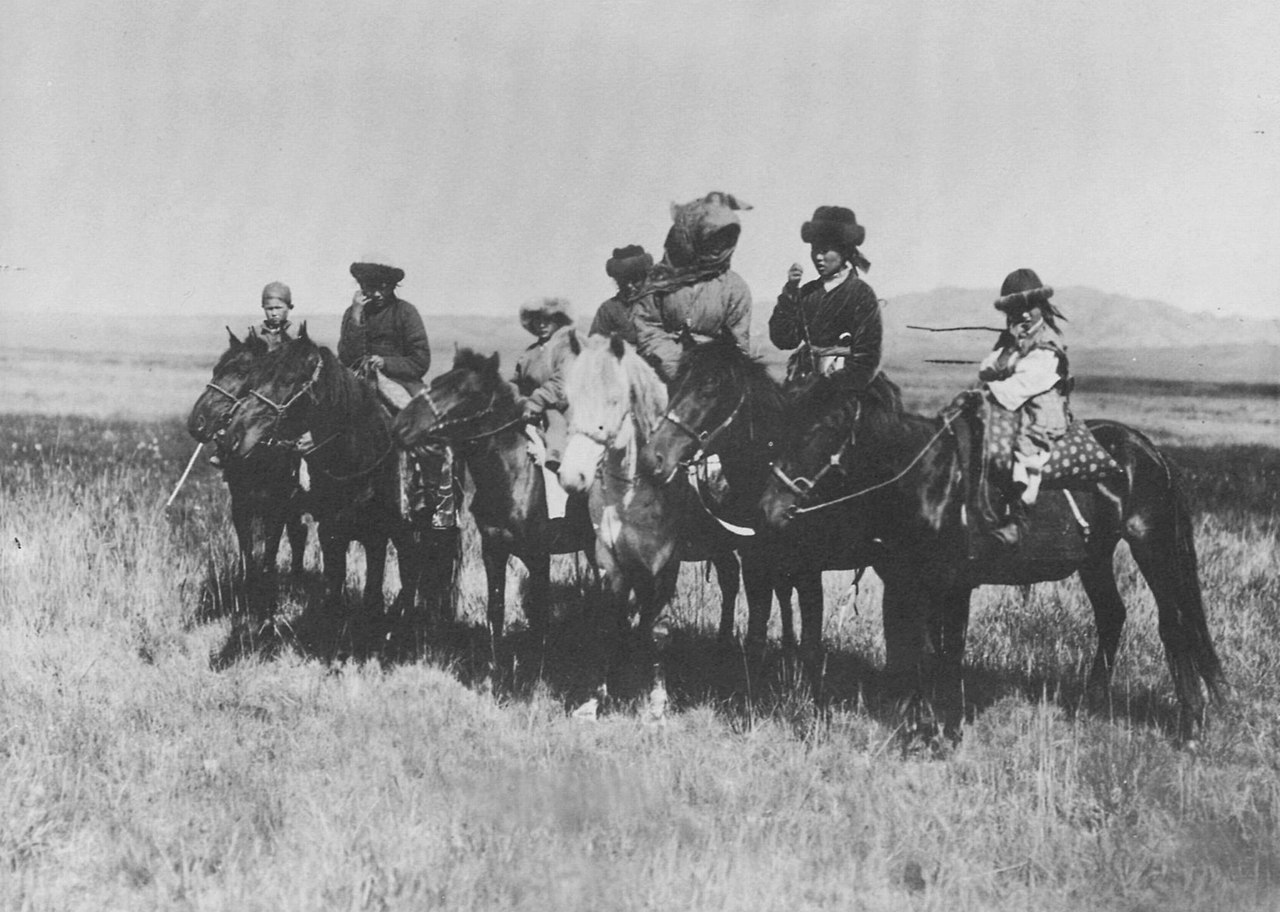 Russischer Photograph um 1900, Wikimedia Commons
Russischer Photograph um 1900, Wikimedia Commons
Reclaiming Their Heritage
In 1940, the Soviet government reintroduced the use of the Cyrillic Kazakh alphabet, and it has been used in Kazakhstan and Mongolia since then. But change is on the horizon. In 2017, Kazakhstan’s president ordered that the official script for the language be changed to Latin.
This transition from Cyrillic to Latin is meant to reclaim a part of traditional Kazakh culture that was lost under Soviet rule and should be complete by 2031.


